From Plant To Plate: What 40+ Of Our Favorite Foods Look Before They’re Harvested
If someone asked you where your food comes from, most of us would assume we know the exact place. For example, most vegetables come from the ground, and all meat comes from animals. Simple, right? Wrong! Your food takes on a much longer journey than you might expect, and the original source can be pretty surprising. This is mostly because of the consumer lifestyle we live today. We can get almost any fruit we want at any time of the year. Sure, we know when something’s “in season,” but we don’t go out and pick our own fruits. So, it stands to reason that the source of some food is quite bizarre. For example, pineapples don’t grow on trees – they come from bushes! Keep reading for some more crazy facts like this. We’re sure you’ll be amazed!
Pistachios
Technically, pistachios aren’t even a nut – they’re a type of fruit. We get rid of the fruit from the tree and eat the seed hidden inside. This type of fruit is called a “drupe,” and it comes from the same family as cherries and peaches.
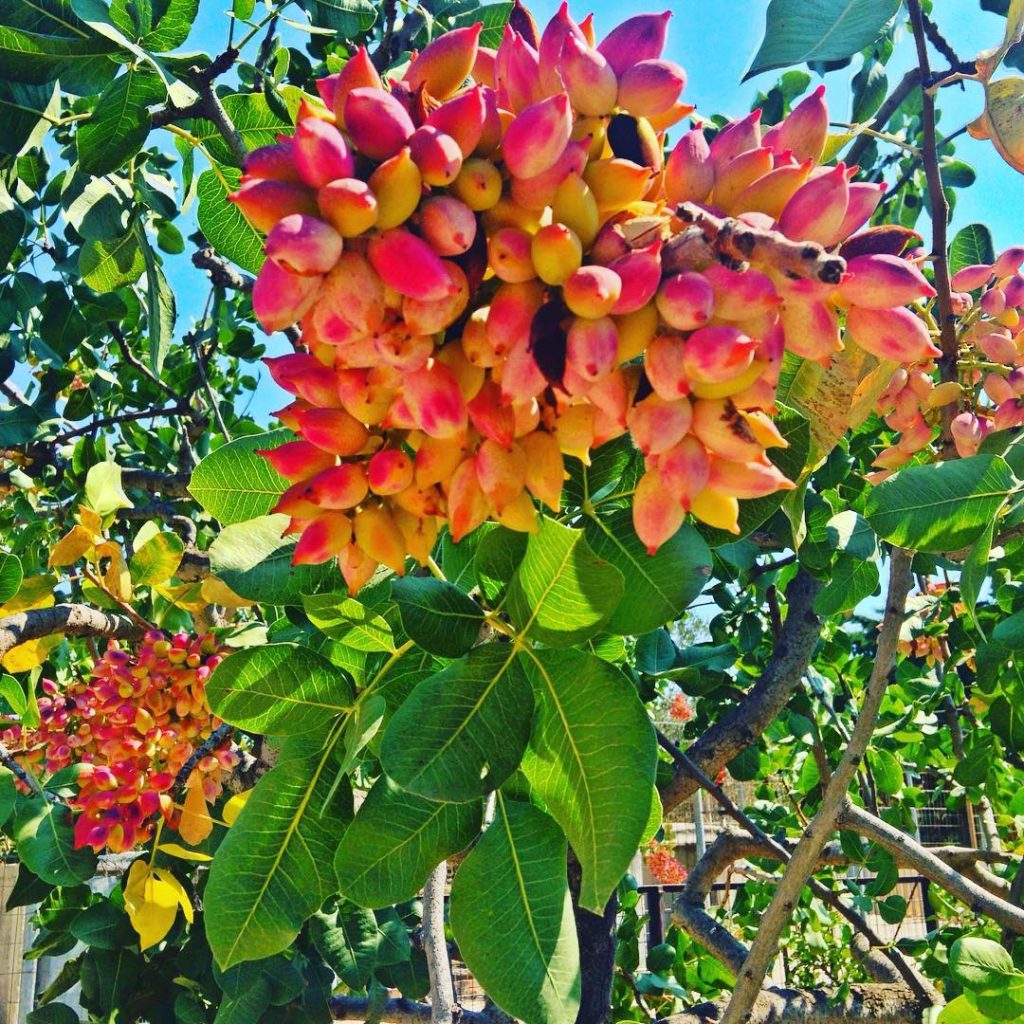
Don’t plan on growing these anytime soon. It can take almost a decade to grow a good amount of pistachios. Some trees reach their peak at 20 years! It’s amazing to see that people wait so long for a bite of this stuff.
Kiwis
Kiwis are another fruit disguised as something else. They begin their lives as flowers and later transform into the sweet food you know and love. Also, they’re technically not even fruit because of the way that they grow. They’re actually berries!
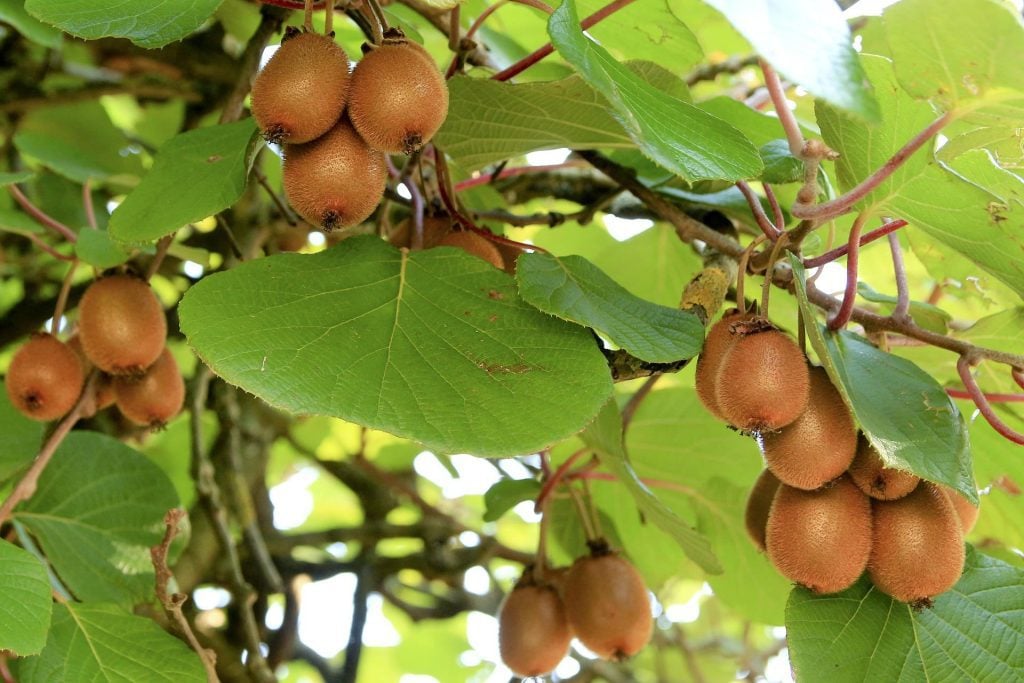
This is also why they’re sometimes called “Chinese Gooseberries.” These delicious fruits came to the attention of the West in World War 2. Americans loved them so much that kiwis became a regular export to California after the war finished.
Cinnamon
Cinnamon is a common cooking ingredient, especially for desserts, and sometimes you even need to use some bark. But did you know that it comes from a tree? Strangely enough, it’s the inside of the tree that we enjoy spicing up our food with.
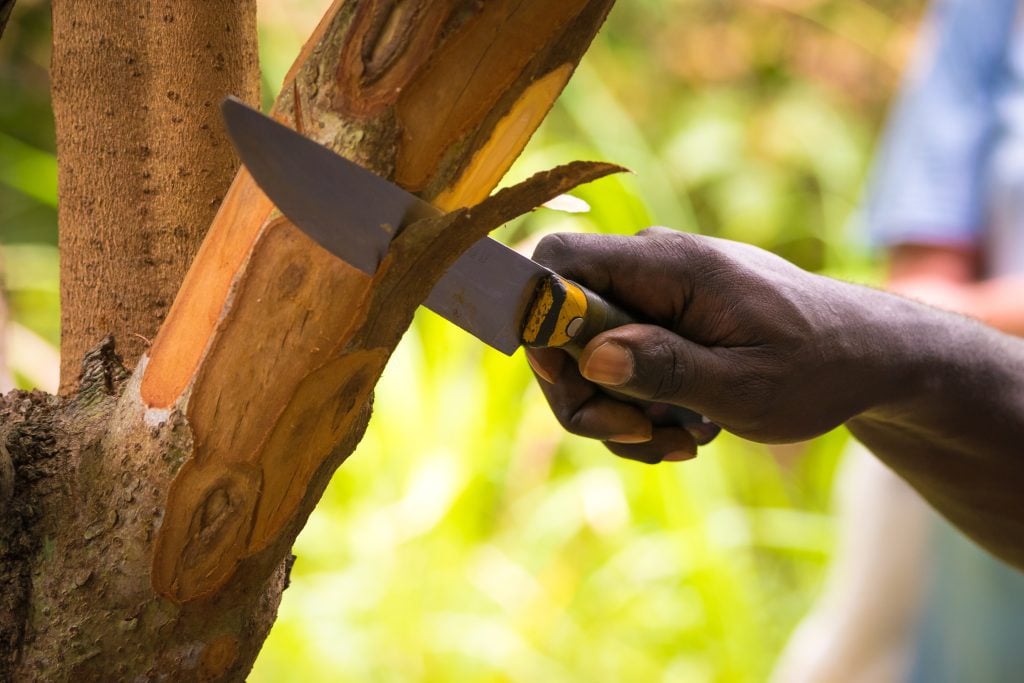
Ancient Egyptians loved cinnamon so much that it was worth more than gold! It’s not just useful for cooking, though – cinnamon has medicinal benefits, too. You can even use the oil for an anesthetic! There are many advantages to using cinnamon.
Bananas
This one will definitely surprise you – bananas are not a fruit. They grow “down” from huge bushes, which can be over thirty feet high. These yummy plants are herbs from the same family as ginger. Their stems are always face down.
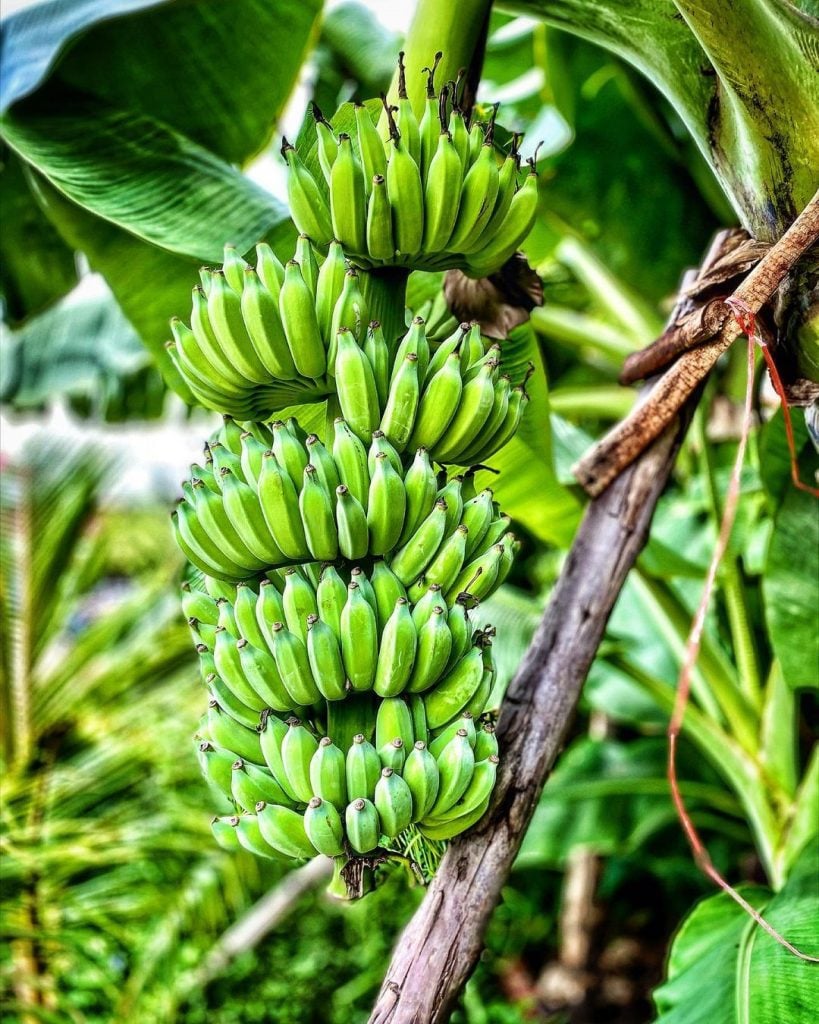
The yellow kind you’re most familiar with isn’t the only type. In fact, there are more than 1000 of them in almost every shade of the rainbow! There’s even a blue kind that tastes just like vanilla ice cream. What a crazy ‘fruit’!
Starfruit
Starfruit is a popular snack because of its juicy and sweet taste. You can spot these bizarre-looking fruits on trees. They look just like flowers, but they certainly taste a lot better than them! It might not be as common where you live, but it’s worth trying.
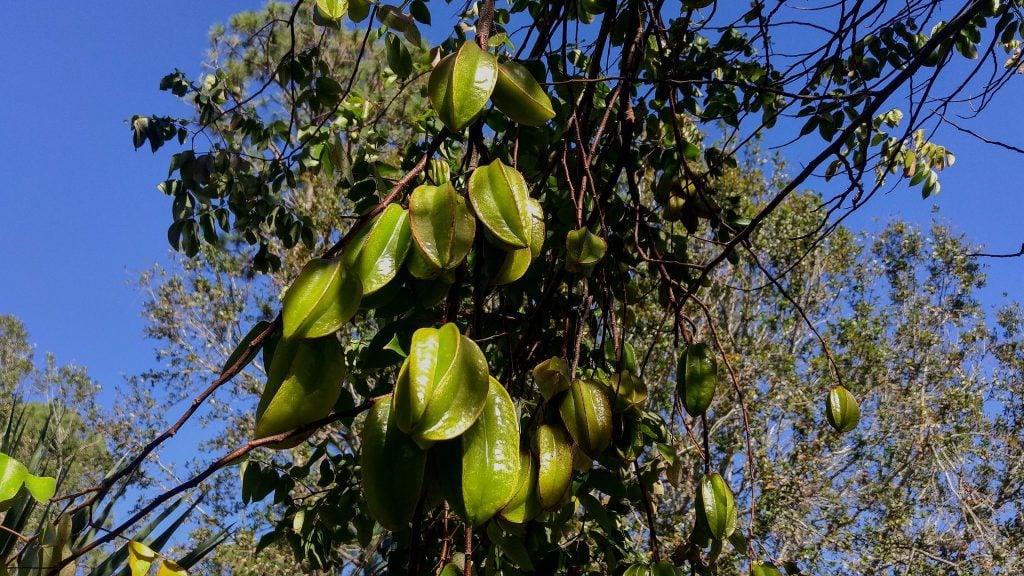
They’re surprisingly easy to grow, and many people enjoy doing this in their own yards in Asia. However, excessive amounts of starfruit can be poisonous to those with kidney issues. Always check with a doctor before eating exotic and new foods.
Zucchinis
No these are not giant cucumbers. What you see here is a fruitful zucchini plant. These delicious veggies grow with huge, yellow flowers in the wild, and they are close to the ground. Actually, you can even eat the flowers!
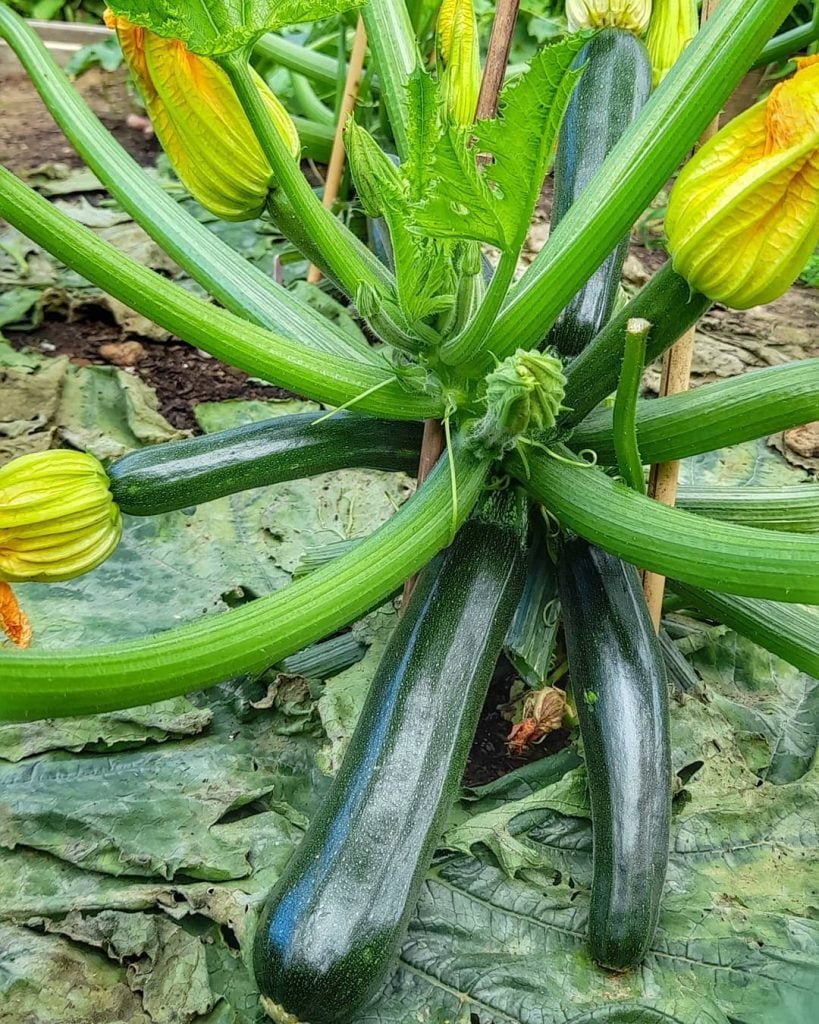
We’ve never tried the flowers before, but other people have said they taste like the plant, just a little sweeter. If you’re looking to add them to a meal, why not try them fried? They have plenty of potassium in them to keep you full.
Broccoli
Here’s a bunch of flowers that would raise some eyebrows at a wedding – a broccoli bouquet! Most of us assume these green plants grow in the ground or even from trees. But, they’re part of shrubs, with the broccoli in the center.
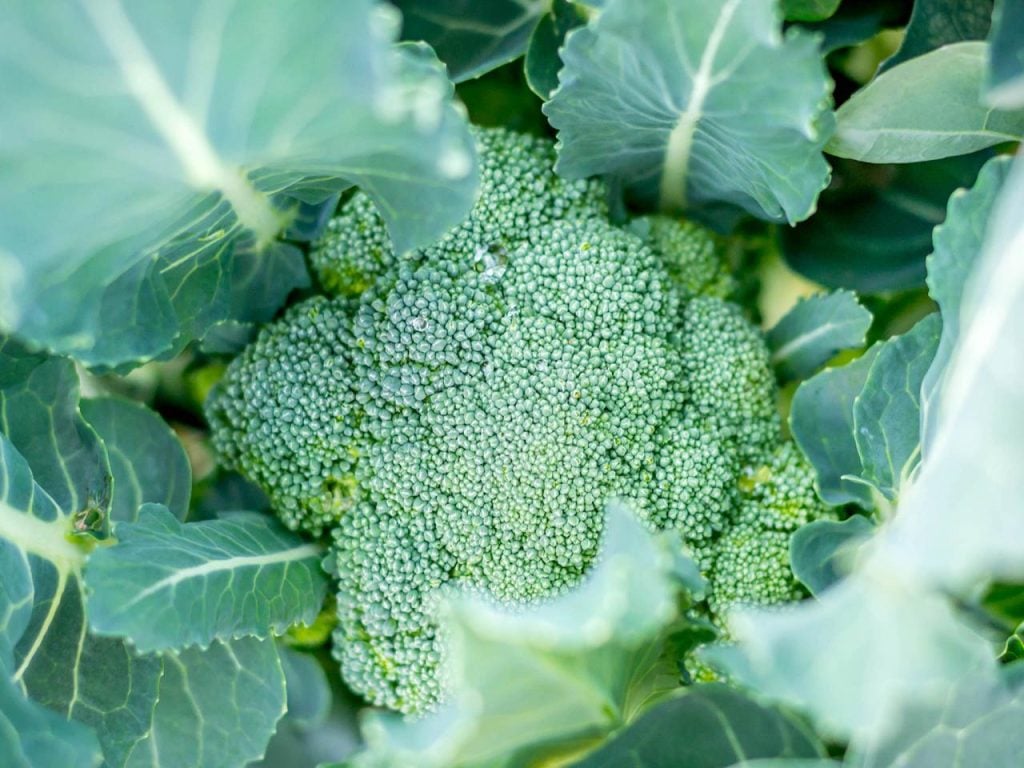
So, the origins of broccoli’s name should come as no surprise. It’s from the Italian word “broccolo,” which translates as “a flowery cabbage top.” If you’ve ever tried to cut into a broccoli stem, you might not be surprised to learn that there are no machines that can harvest this veggie. It can only be handpicked!
Black Pepper
Black pepper is another secret food. It’s not even a spice; it actually comes from the fruit family. This is because black peppercorns start out their life as very small grapes. Later, farmers dry them to turn them into the black peppercorns we know and love.
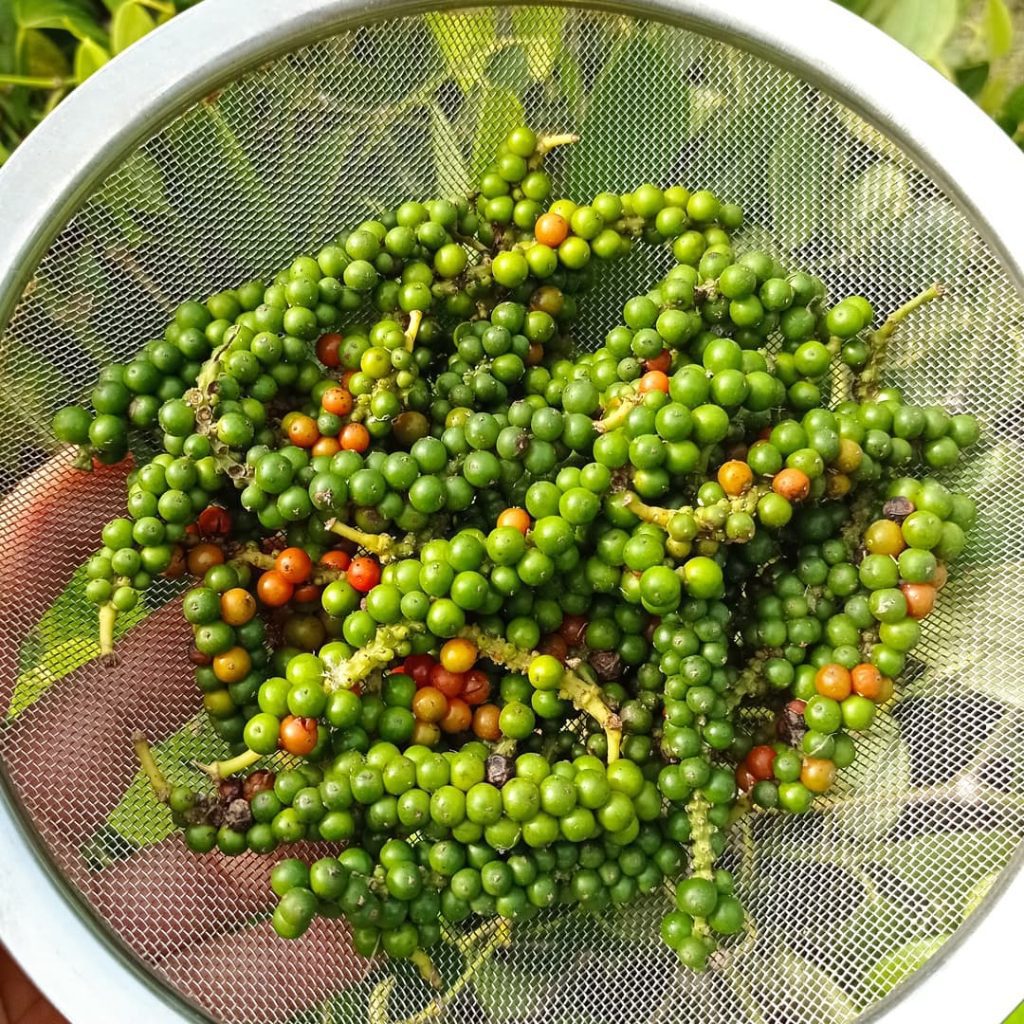
Just like grapes, black peppercorns can be a variety of colors as they grow. If you pick the green ones, they become black pepper, while the dark green ones make white pepper. Yes – both peppercorns come from the same plant!
Sesame Seeds
When they grow naturally, sesame seeds look like something from another planet. But don’t expect to see them near you anytime soon – they’re hidden inside pods, like green beans! You might even mistake them for okra since they look too similar.
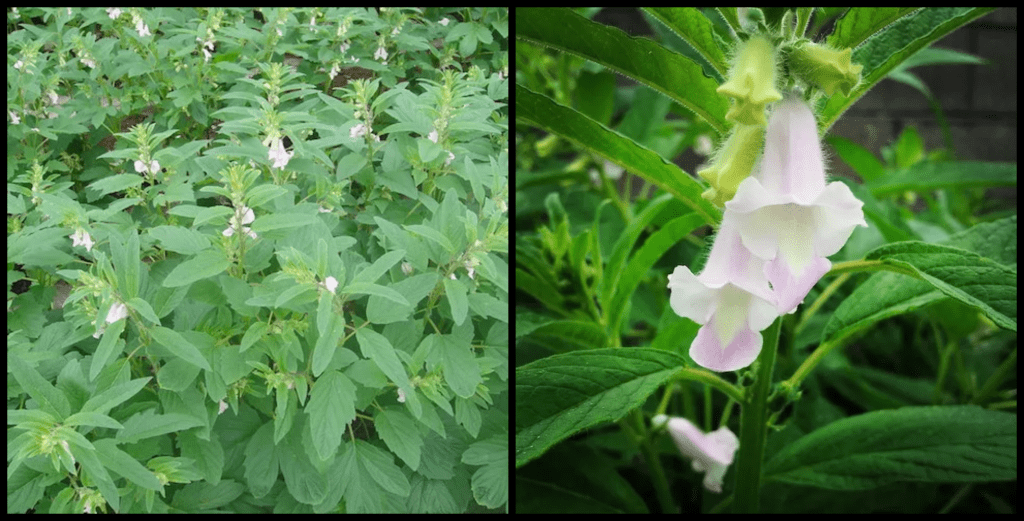
Sesame seeds might be a recent health-food kick, but people have eaten them for over 3000 years. They grow particularly well in parts of Africa, which is because of how resistant they are to the dry weather. These are some super-strong seeds!
Blueberries
Here’s another plant that completely changes color as it grows. It might be better to call these “white berries” when they’re flowering! Their bushes can get over 12 feet tall, and the fruit looks very different from what you see in the store.
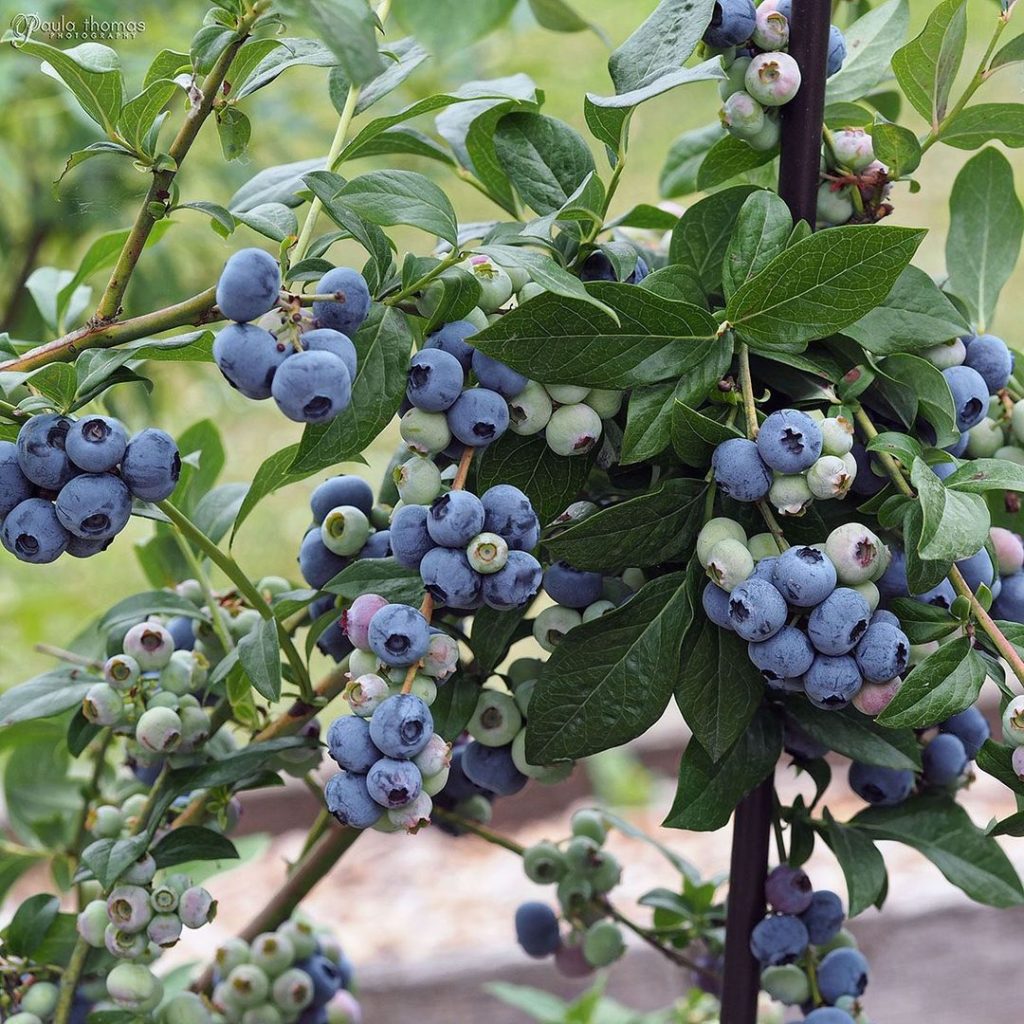
These delicious berries don’t get their classic color until much later in the harvesting process. Blueberries can spoil pretty quickly, so you should make sure to pick them up as soon as you can. Or you can try to preserve them or make jams and jellies.
Chickpeas
Chickpeas are such a versatile vegetable, and you can cook them in almost everything. But before you blend them into nice hummus, have a look at where they come from. They start off in a similar way to peas – in a pod!
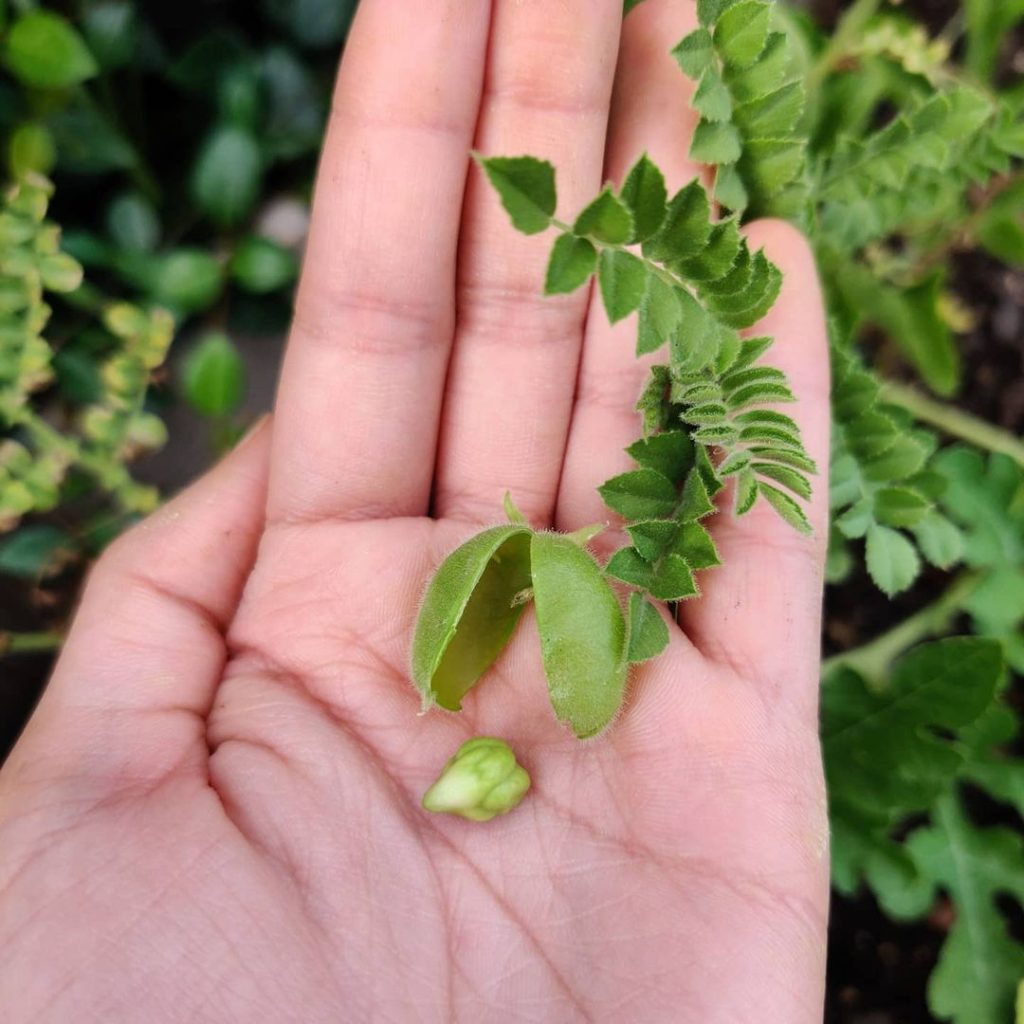
Their shape is similar to edamame. In fact, they’re in the same family. However, edamame is slightly healthier than chickpeas because it has fewer carbohydrates. But they’re nowhere near as versatile as chickpeas, which you can cook into various dishes.
Coffee Beans
As they’re called coffee “beans,” you might think these grow in some kind of pods. In reality, they look a lot like cherries! While they grow, they’re still full of caffeine, though we wouldn’t recommend taking a bite just yet.
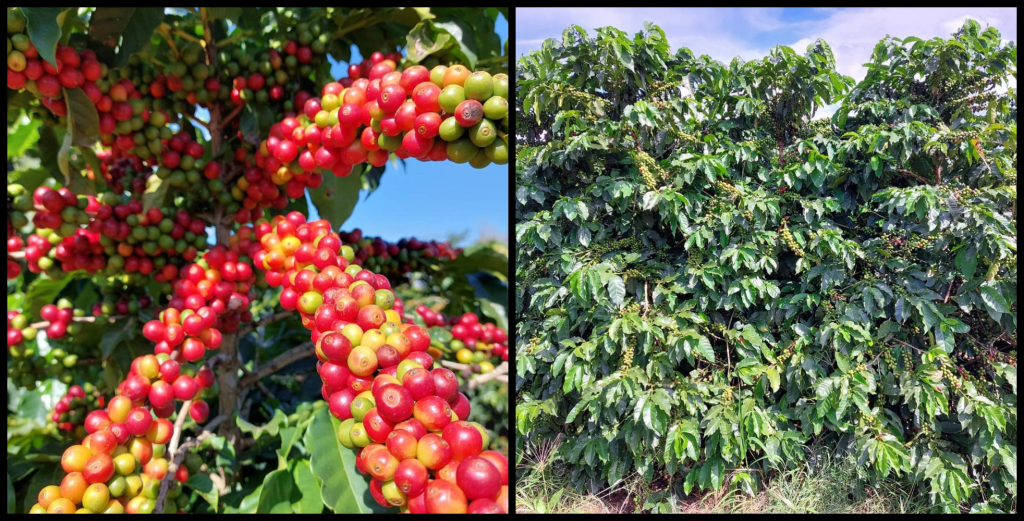
The beans will wake you up, but they taste pretty bad. Before becoming a popular morning drink for people worldwide, people used to turn coffee beans into a different drink, similar to wine. Fortunately for coffee lovers, you don’t need to worry about overdosing…unless you have 30 cups in one day.
Asparagus
You might pick them from the store in clusters, but asparagus actually grows in single stalks in the ground. Unlike some of the others on this list that growon bushes or trees, asparagus grows straight out of the ground, and farmers cut it from the stalk.
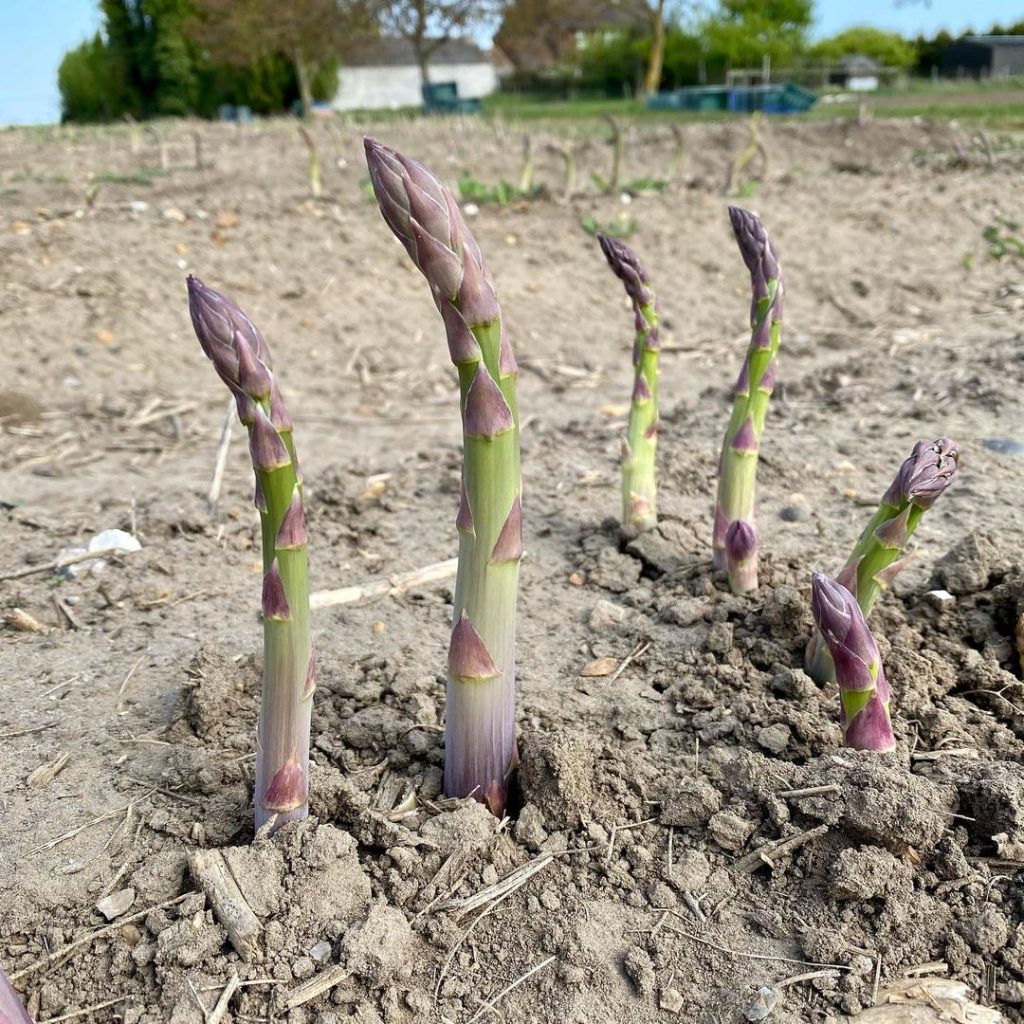
However, if you’re planning to grow your own, you might be waiting a while. Asparagus needs at least 3 years before it’s fully mature, after which it will yield a harvest every day. Thinking about it, it might be worth it as asparagus is an excellent way to get vitamins and fiber.
Capers
Capers are popular in quite a few Mediterranean dishes and make a delicious addition to any plate. But they look completely different when they grow they grow — on a vine with a bunch of flowers. Before they can be used, they need to be pickled.
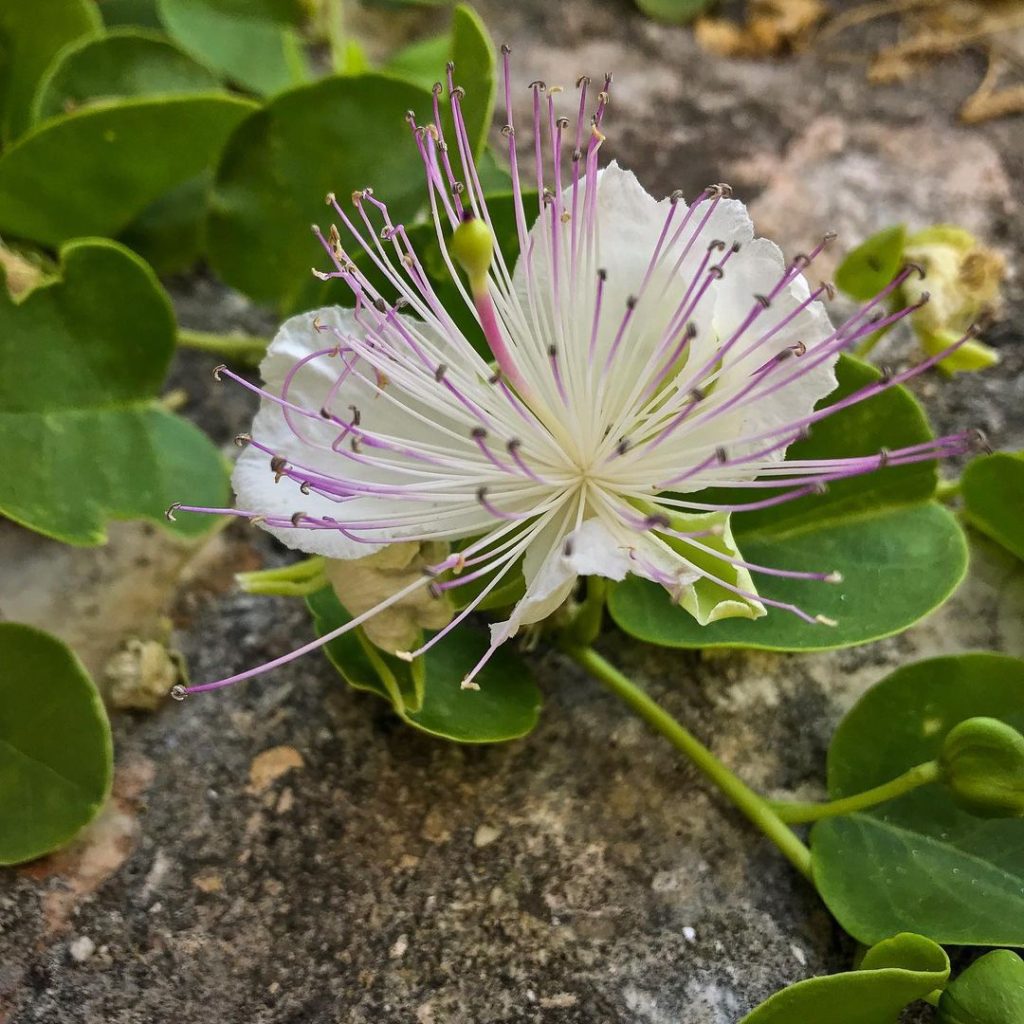
Without the vinegar or salt, the capers would taste very different! If you decide to grow them yourself, you should go for the flower buds that are a little larger. This will result in a much stronger flavor, which makes them a great addition to some cream cheese.
Lentils
Anyone who doesn’t enjoy eating meat will likely recognize this food, as lentils are a great source of protein. This is especially important if you’re looking to bulk up for the gym. However, you might be surprised by their natural appearance.
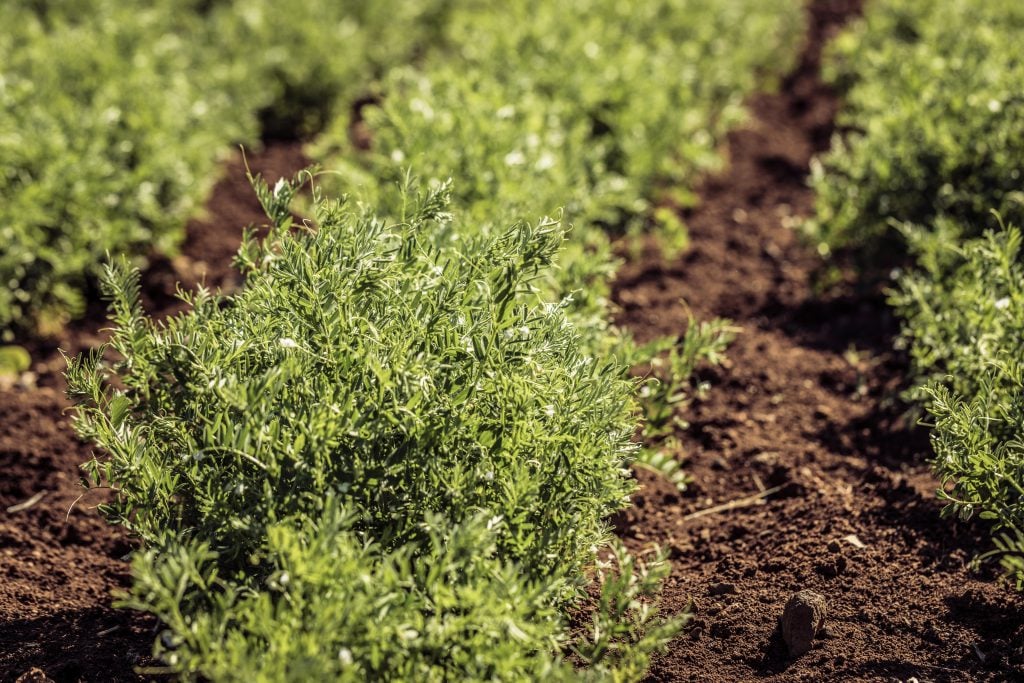
Lentils look more like grass than edible plants. But people have been eating this delicious food for many thousands of years. Originally, lentils came from central Asia and spread across the globe. Even ancient Egyptians kept some of them in their tombs!
Leeks
If you’ve read The Lorax by Dr. Seuss, then these vegetables might look familiar to you. Don’t they look just like the Truffula trees? However, these are not the work of fiction, but instead leeks growing in their natural habitat.
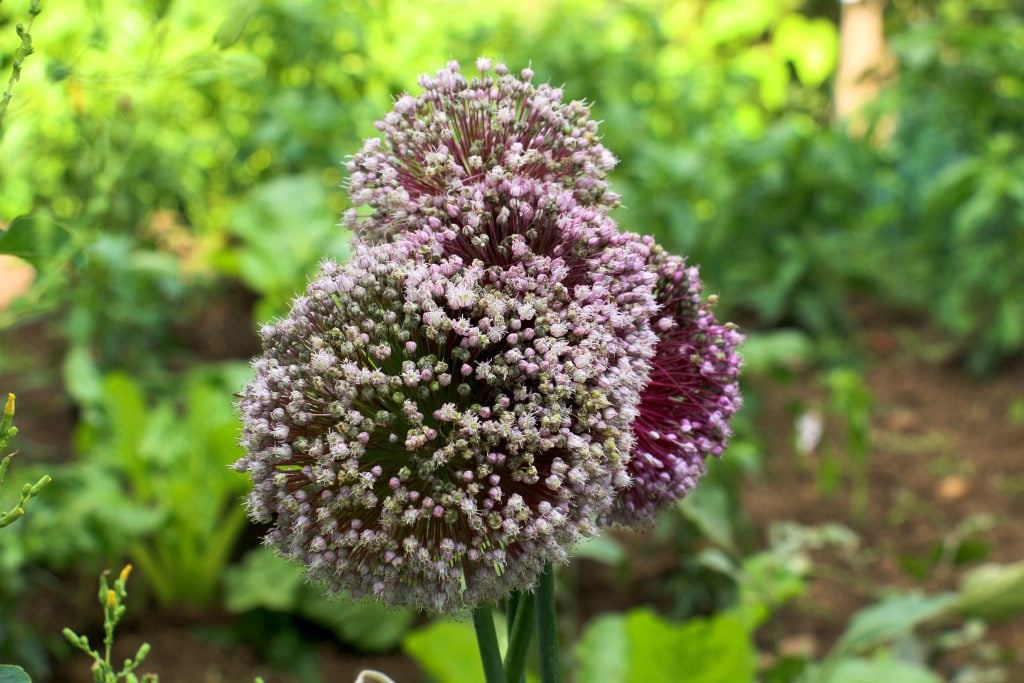
Leeks are a huge part of Welsh culture and were traditionally used by soldiers to show their loyalty to their country. Naturally, a badge would work a lot better. Leeks have various health benefits, including antioxidants as well as some anticancer properties.
Artichokes
It would be easy to mistake natural artichokes for a flashy set of flowers, but they taste a lot better cooked. Humans tend to pick the flower buds before they sprout, and we use artichokes in various tasty recipes around the world.
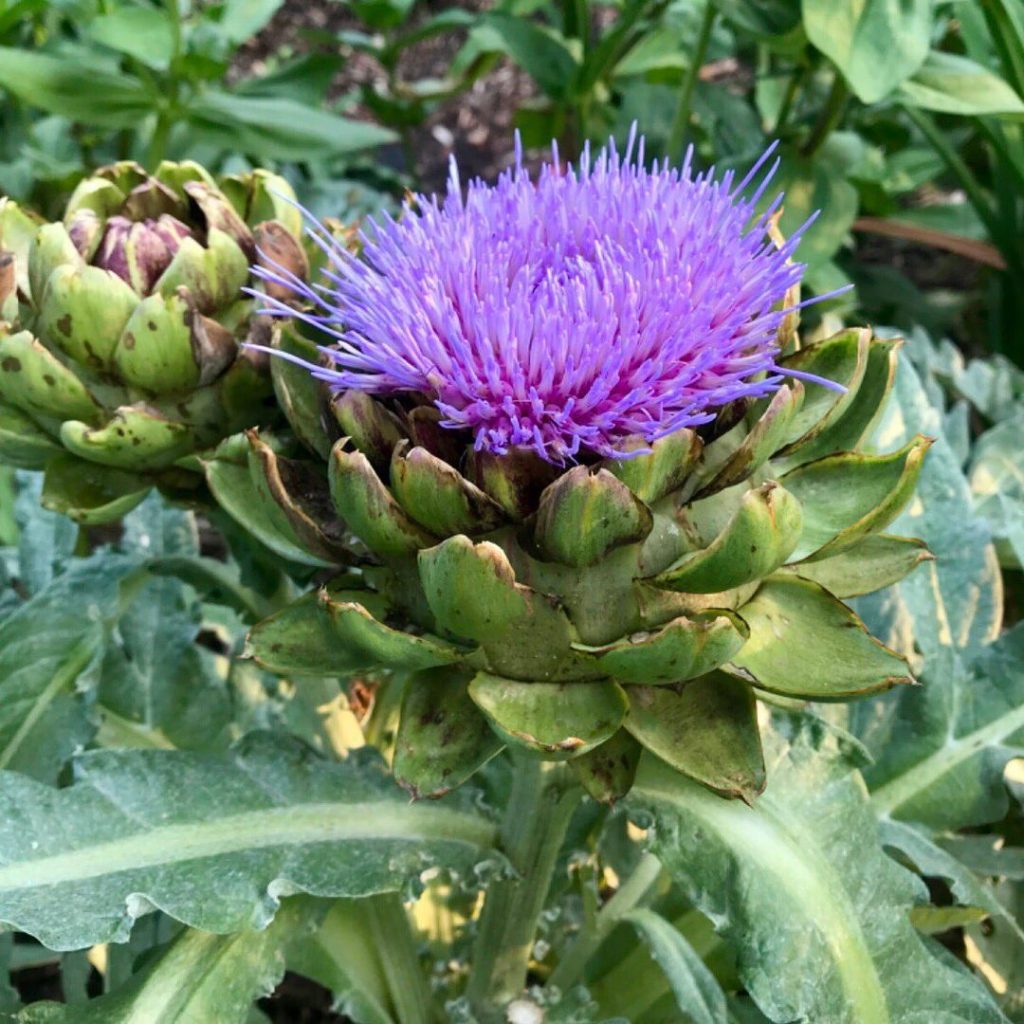
It’s unlikely that you’ll ever see another plant that’s as vibrant as an artichoke plant. If you’re looking to grow them at home, you’ll need plenty of heat and moisture. They grow best near the equator region, in places like the Mediterranean.
Vanilla Bean
You might think that vanilla beans grow in a similar way to cinnamon since they’re both spices, but it’s actually very different. These flowering pods produce gorgeous white petals, which are eventually dried out and treated by farmers to become vanilla.
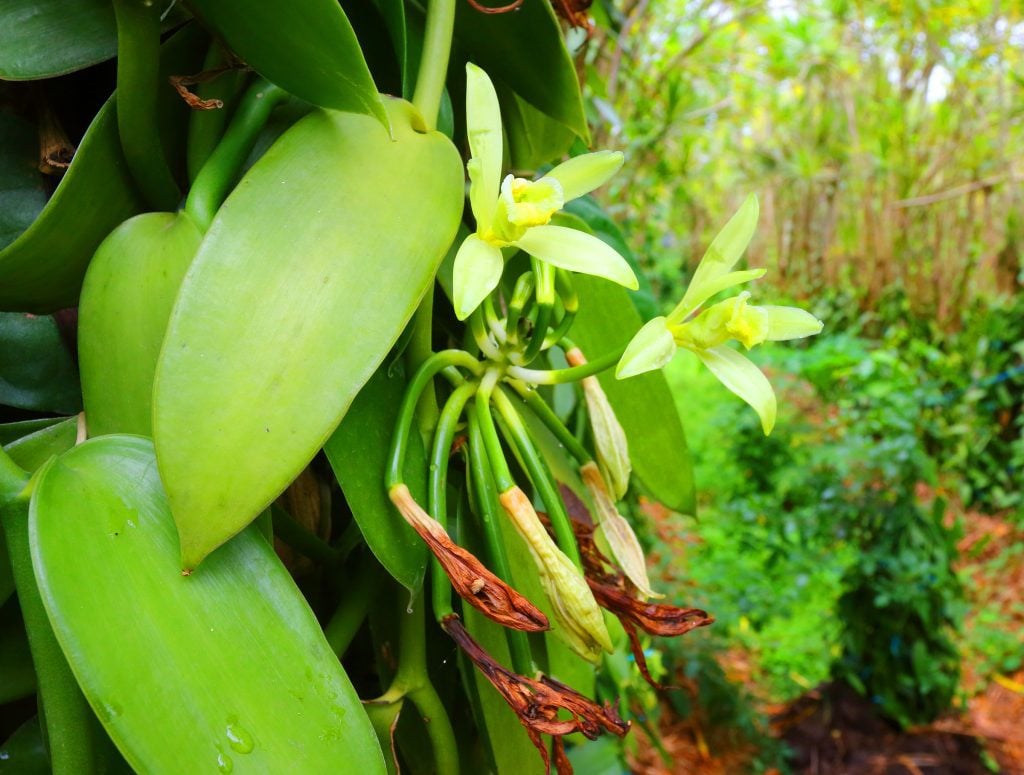
These are another food that you’ll only find in very hot countries, such as Mexico, Tahiti, and Madagascar. Vanilla isn’t just useful for cooking; you can also use it to make your home smell a lot nicer. Who doesn’t love the scent of a nice vanilla candle?!
Saffron
Saffron is an extremely valuable spice today, which is understandable because it has various health benefits. These include relieving symptoms of depression and uplifting one’s mood. Some scientists also believe that it has anticancer features, making it a perfect spice.
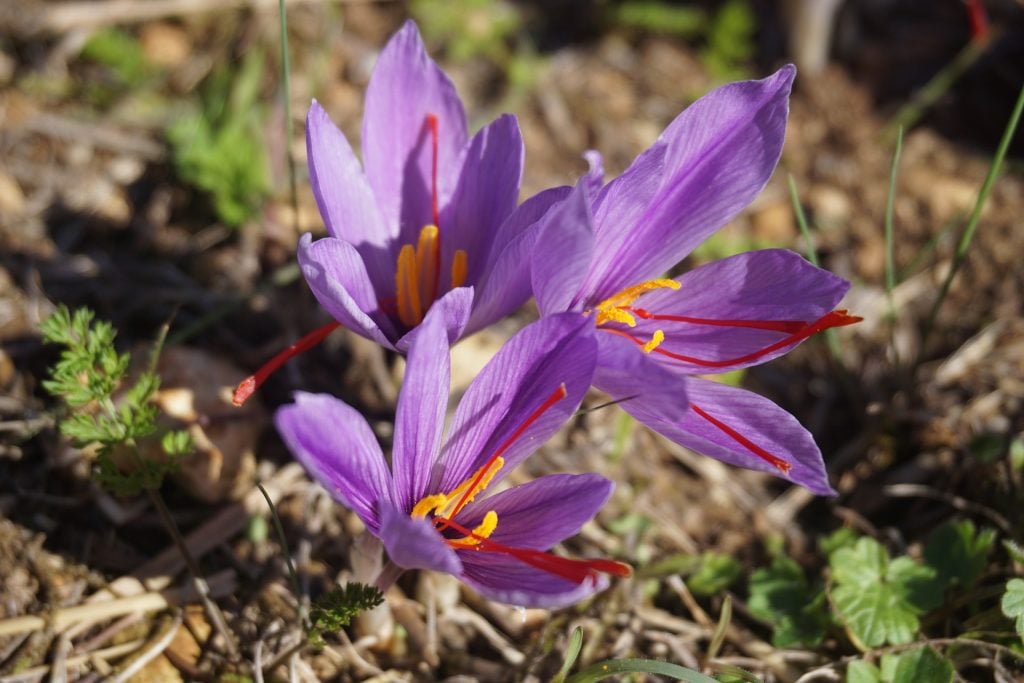
Saffron is not something you’ll likely see growing nearby – just one pound of the stuff can cost $5000! The cost reflects the labor time and rarity of the spice. Those three red twigs (stigma) are the only parts used for the spice.
Poppy
Almost everyone remembers that scene from The Wizard of Oz in the poppy field. It looks so magical, but it’s very far from the truth. Before the poppy seeds blossom, they look a lot creepier than the movies would have you think.
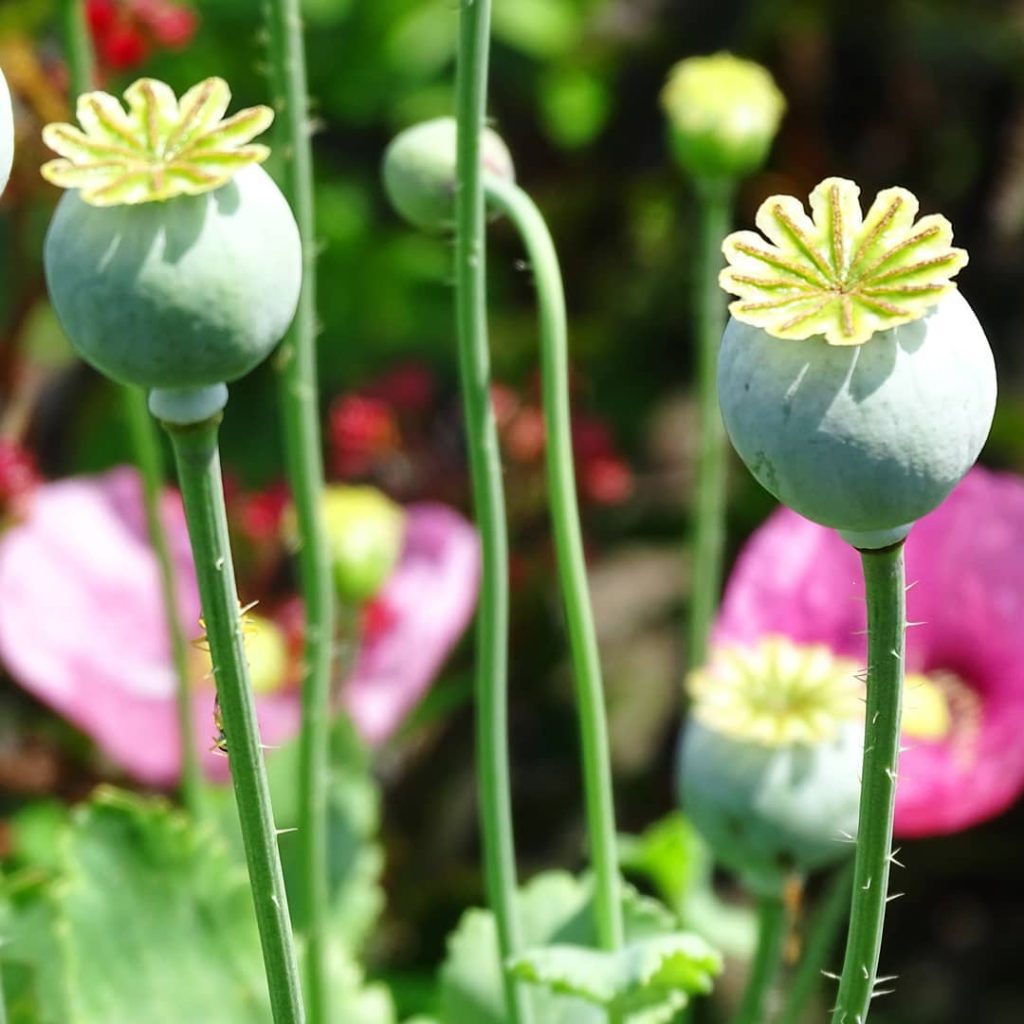
When they look like this, poppy sees are edible and will give you a nutty taste. Scientists extract chemicals from the poppy flower to create powerful painkillers such as morphine. And, of course, we all know poppy seeds on bagels. Clearly, it’s a very useful flower in a variety of ways.
Nutmeg
Nutmeg is a spice that every Starbucks fan or coffee addict will know, as it tastes so good sprinkled on top. But what does it look like before it’s ground up? Well, it seems that nutmeg resembles a human brain!
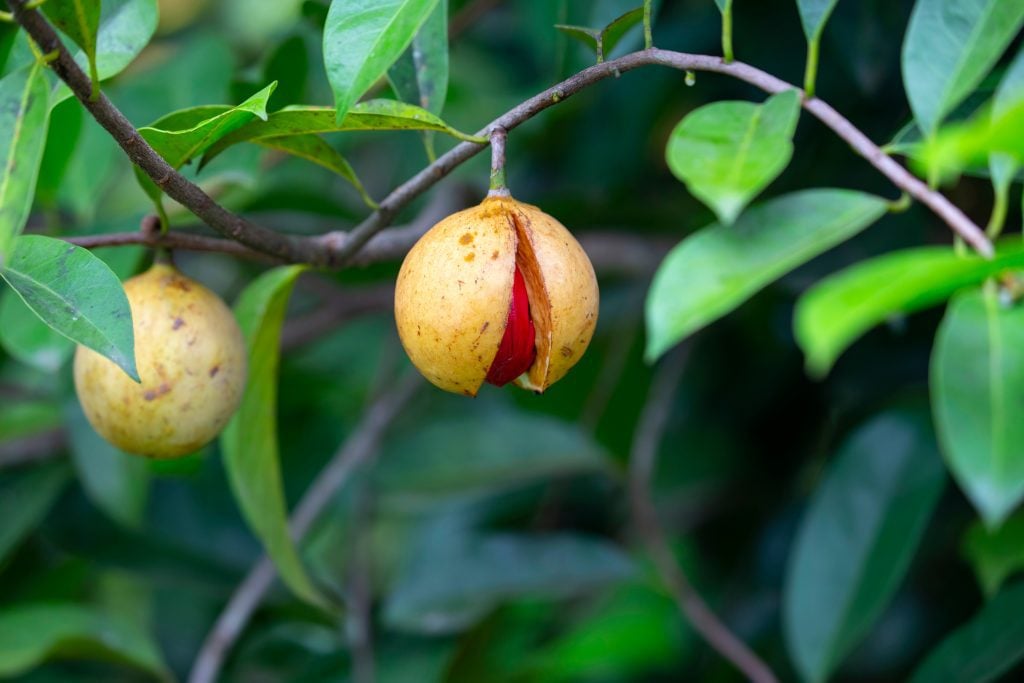
Manufacturers need to send shipments of ground nutmeg speedily because it can lose its flavor quite quickly. It’s better to store nutmeg whole because this can last for an extremely long time. But don’t get carried away; if you have too much, it can make you hallucinate!
Dragon Fruit
Dragon fruit is another fruit that is more popular in Asia than anywhere else in the world, particularly because of its creamy flavor. The name might seem strange, but it’s also quite fitting, given the scary nature of how the fruit looks.
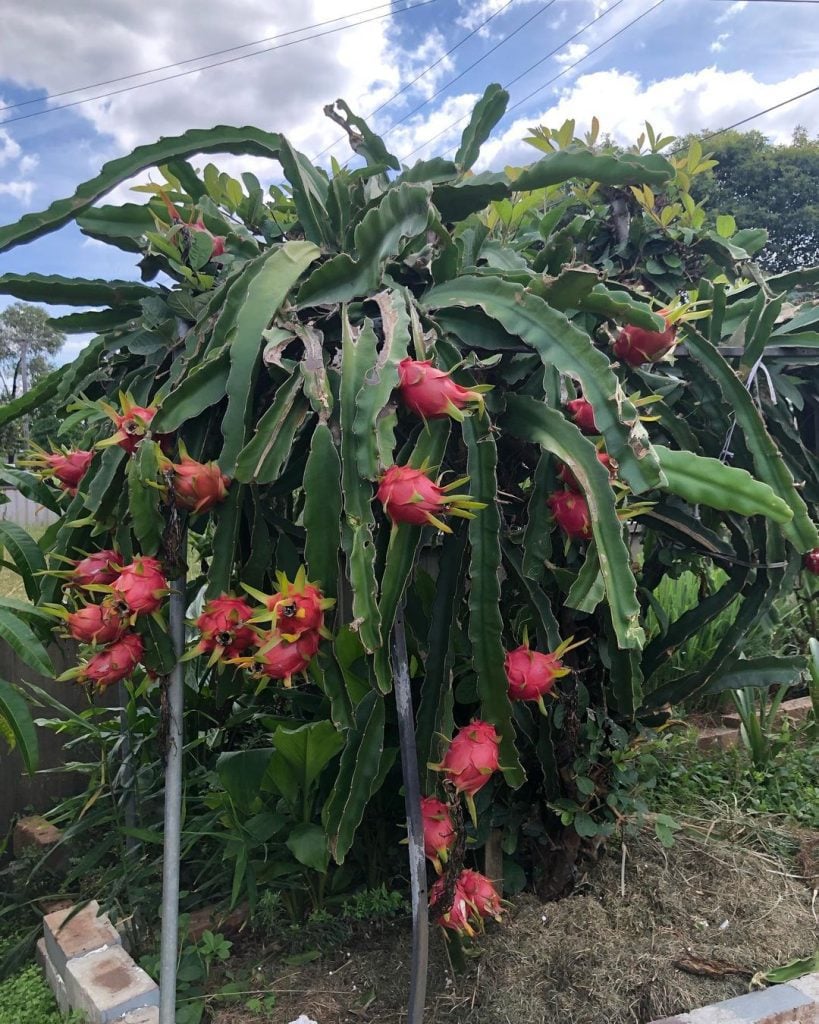
You can see these vibrant, pink fruits hanging near the bottom of the plant, among the lengthy leaves. Supposedly, the name came from legends that these were originally dragon eggs. They certainly look like they could be from Game of Thrones!
Cloves
It would be pretty easy to mistake natural cloves as just a bunch of twigs. In reality, this is what they look like before farmers transform them into the tasty spice that we love in our drinks. Cloves come from a tree…
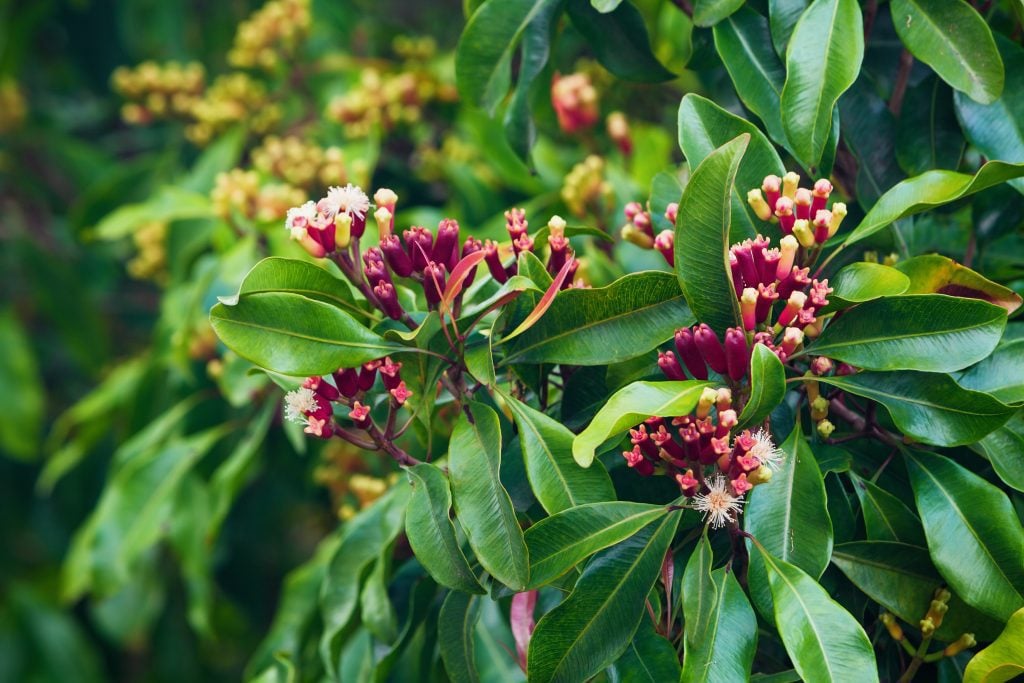
…but not the part that you might expect! They are part of the buds, not the flowers. Though, you can use the flowers as part of a recipe. However, you have to wait until they’re red before you can harvest them.
Okra
As you might know already, most vegetables don’t actually grow underground, and okra is no exception. You can eat this delicious vegetable in a curry or try it pickled for an extra kick. The most surprising thing is that okra grows under a flower!
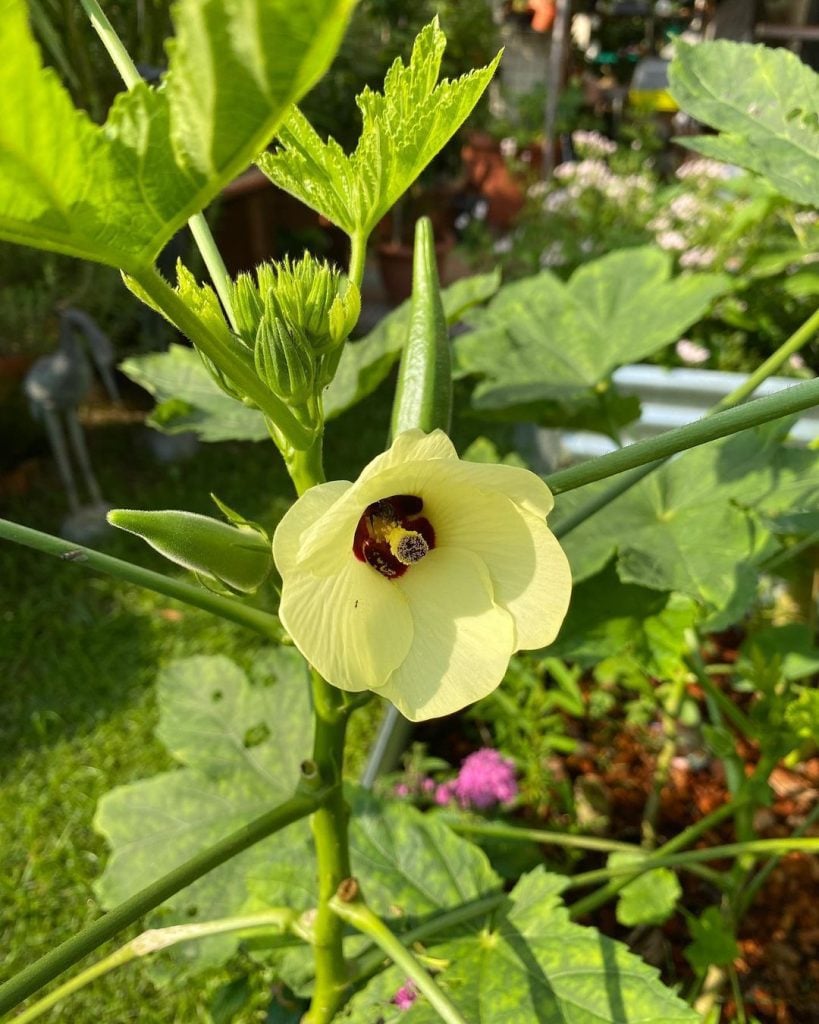
Also, okra comes from the same family as cotton and cacao, though we wouldn’t try eating those right off the plant. Almost every part of the okra plant is edible, including the flower. You can press this into oil or even use it as a coffee replacement.
Pineapple
Here’s one that’s sure to stump you – pineapples don’t grow on trees. They come from huge bushes on the ground! The bushes are just as spiky as the tops of the pineapples. However, they don’t taste anywhere near as sweet.
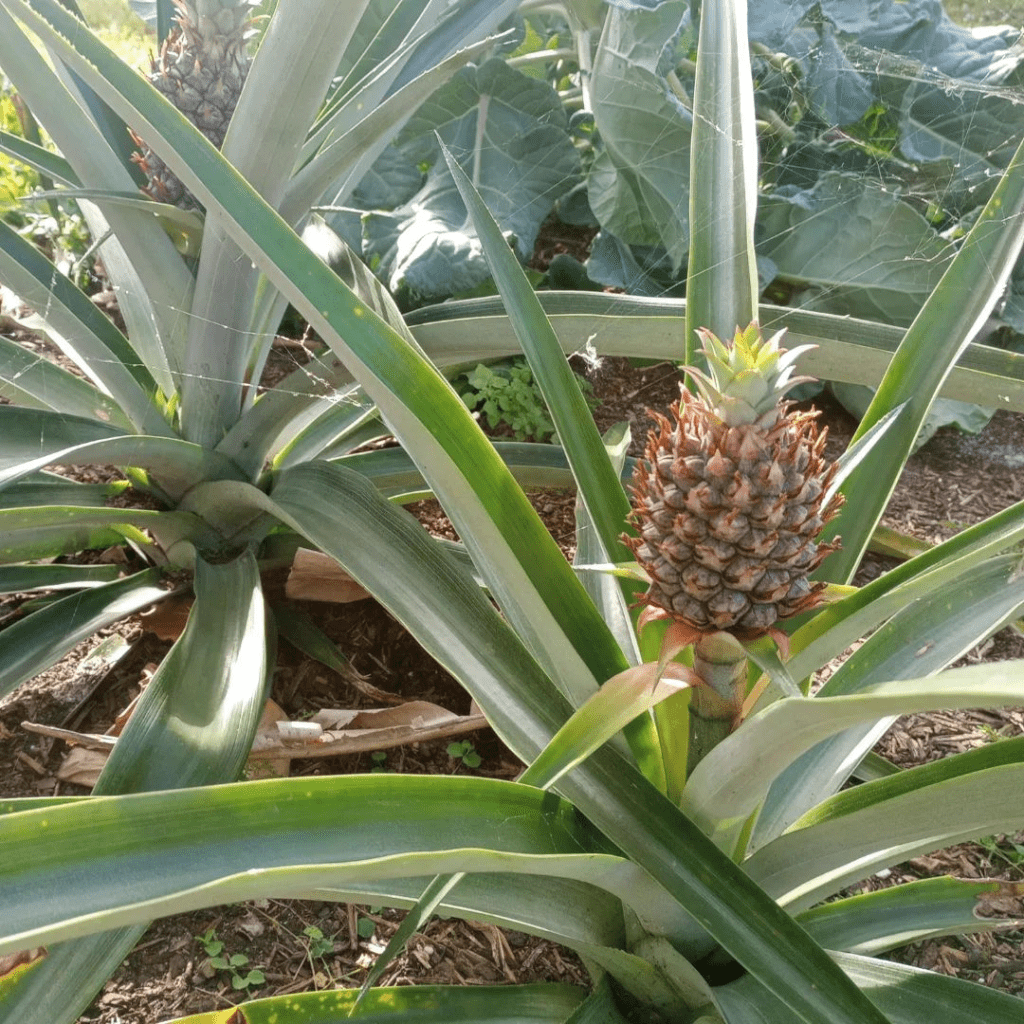
Pineapples need a hot environment, like West Africa and Latin America, to truly flourish. As weird as they look, planting them is even weirder. You just need to plant the top part of a pineapple to get another one started. But don’t get your hopes up, as these can take years to bear fruit.
Mango
Mangos are probably the perfect fruit for a hot summer’s day because they are just so refreshing. Most of us recognize this fruit’s distinctive orange color, but they don’t start out this way. As they grow, they have a more purplish color.
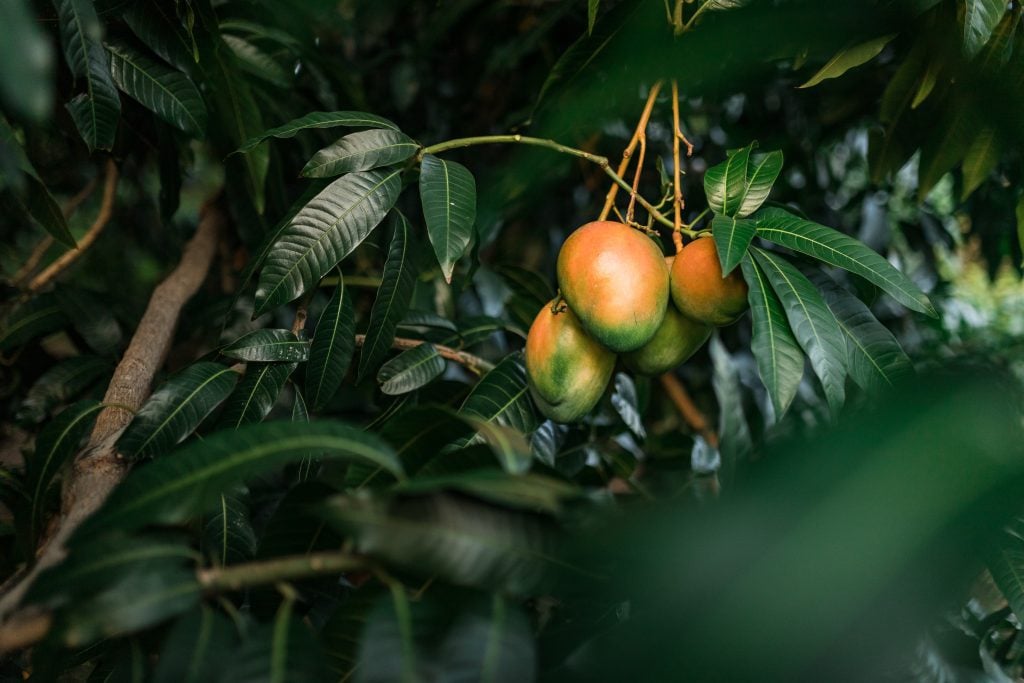
You’ll know when it’s time to pick because they’ll hang down, ready to fall on the floor. These are another fruit with a long history, dating back to over 5000 years in India. They’re also part of the fake-nut family with pistachios and cashews.
Almonds
Speaking of fake nuts, almonds are another plant that is lying to you! They are part of the ‘drupe’ fruit family because of the way they grow and are closely related to roses. You’ll know when they’re ready to pick because the flowers blossom in a gorgeous shade of white.
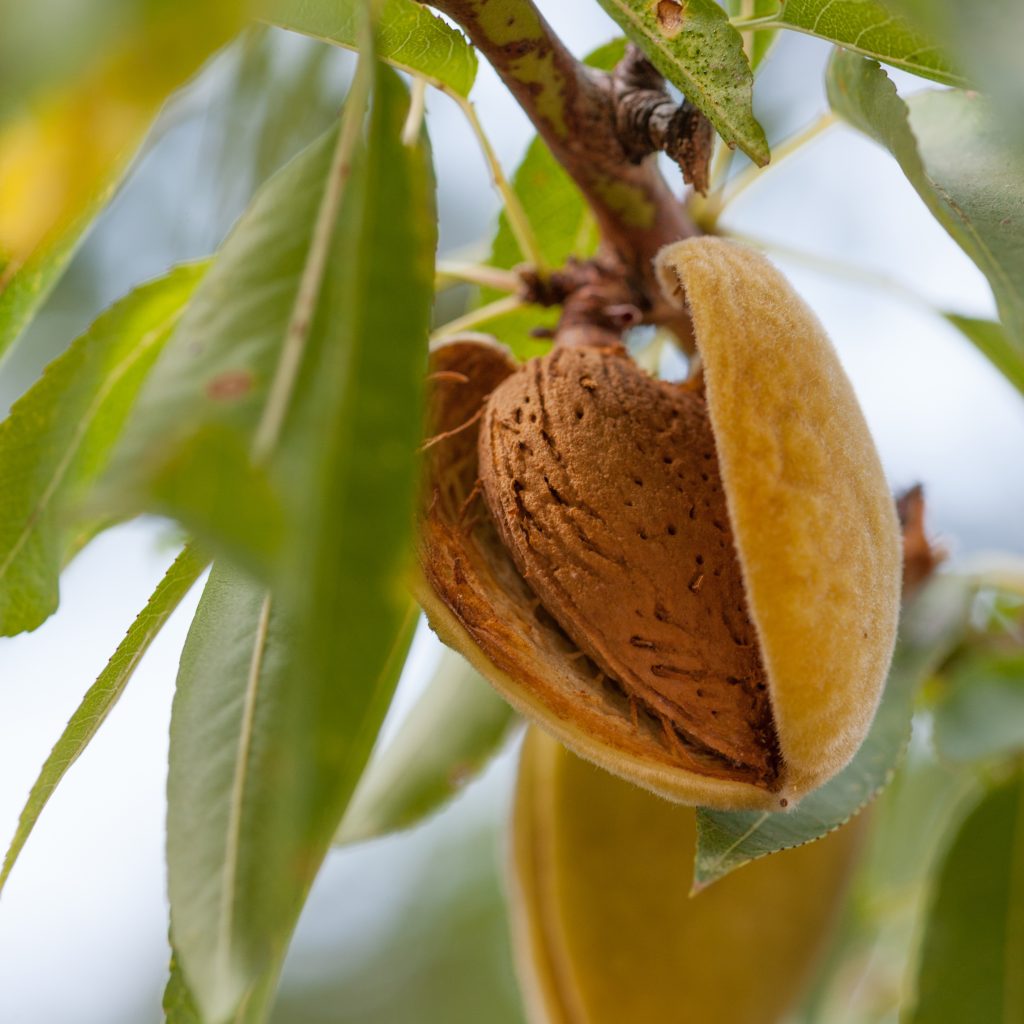
However, they’re not the best for the environment because they need rather specific weather conditions. You can grind them up to make plant-based milk, but they also require a lot of water. It might not be worth the environmental impact to grow these.
Cacao
Almost everyone knows that chocolate comes from the cacao bean, and the natural ones taste very different from what you see in the store. They’re nowhere near as tasty – plus, they look like alien eggs! It takes a lot of work to make chocolate.
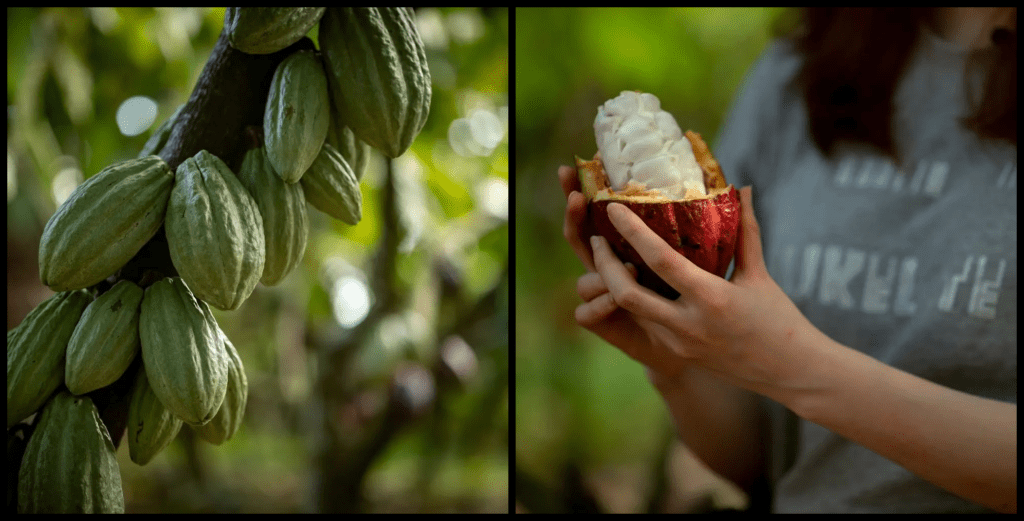
The Aztecs first used cacao beans thousands of years ago, and they soon spread across the world. However, because it was so difficult to create, chocolate was a luxury for only the rich. It’s only recently that it was accessible to most people.
Pomegranate
Looking at these pomegranate trees, you might see some similarities with the Lunar New Year festival in China. The fruits look like the red lanterns, but they taste a lot better! These trees are very particular about how much water they get.
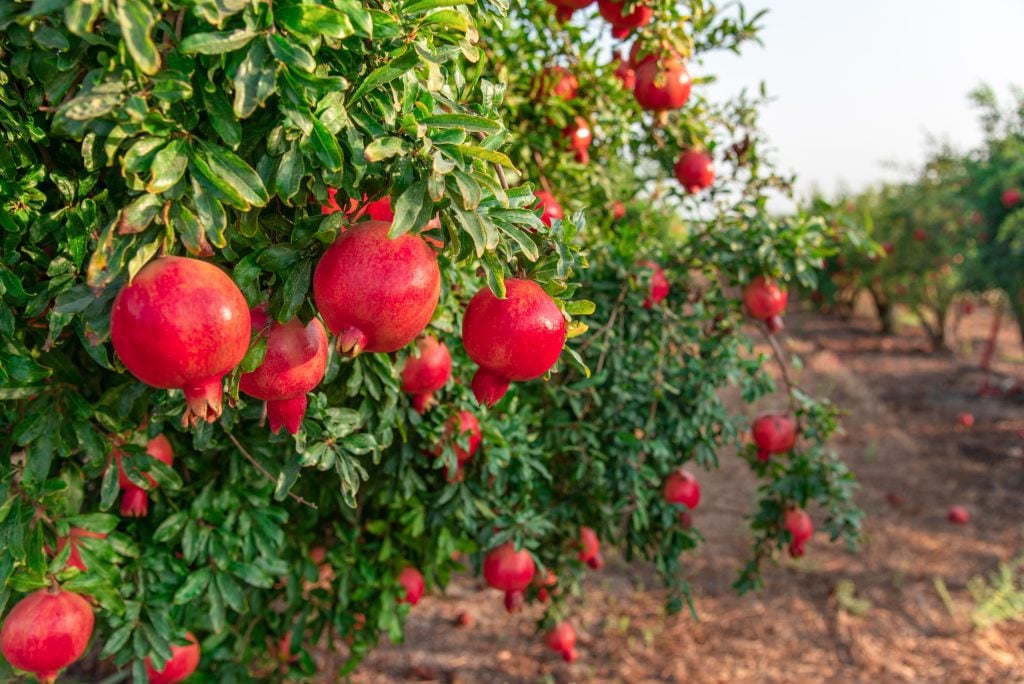
Pomegranates are also called a “super fruit” because they have so many health benefits that can treat many diseases. You can find these chemicals in all parts of the plant, from the roots to the leaves. They’re also very tasty!
Camellia
Everyone knows that tea comes from tea leaves and that green tea has numerous health benefits. One popular flavor of the tea is camellia, which comes from the tree’s flowers. It looks similar to hibiscus, but the flavor is stronger.
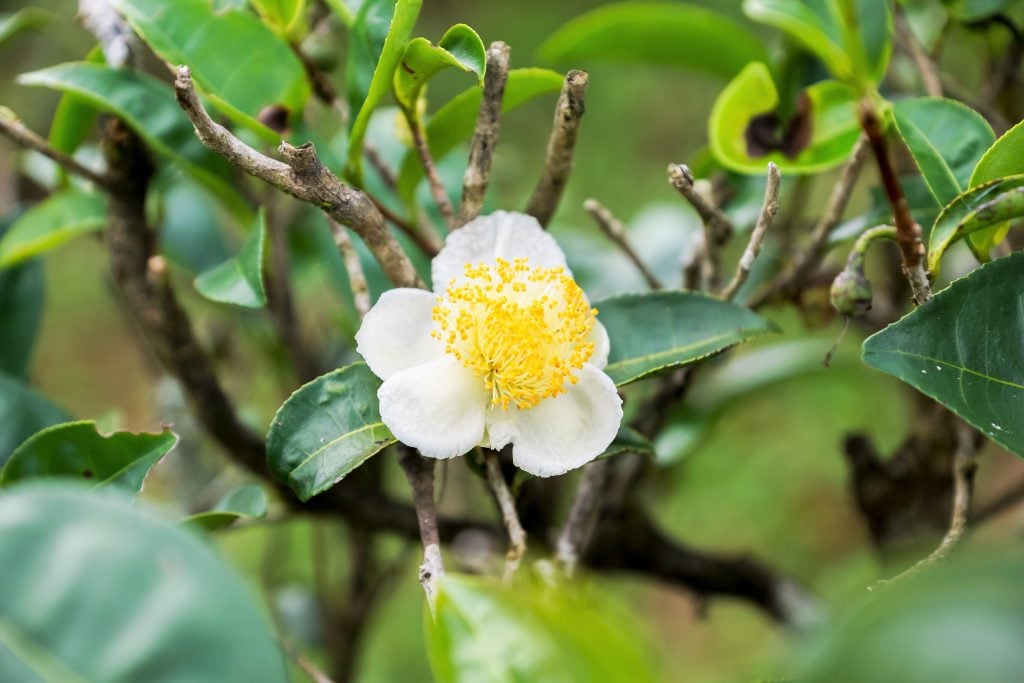
Unlike hibiscus flowers, you will usually see camellia growing in Japan. Camellia tea is rather sweet with floral undertones. It’s similar to mint, and you can add some honey for an extra sugar kick. Drink it to help you relieve some stress.
Persimmon
It might look like a bunch of mini jack-o-lanterns, but we can assure you that it’s not a Halloween decoration! These tiny fruits are actually persimmon, which grows on trees in many parts of Asia. Because there are so many fruits, the branches have to be thick.
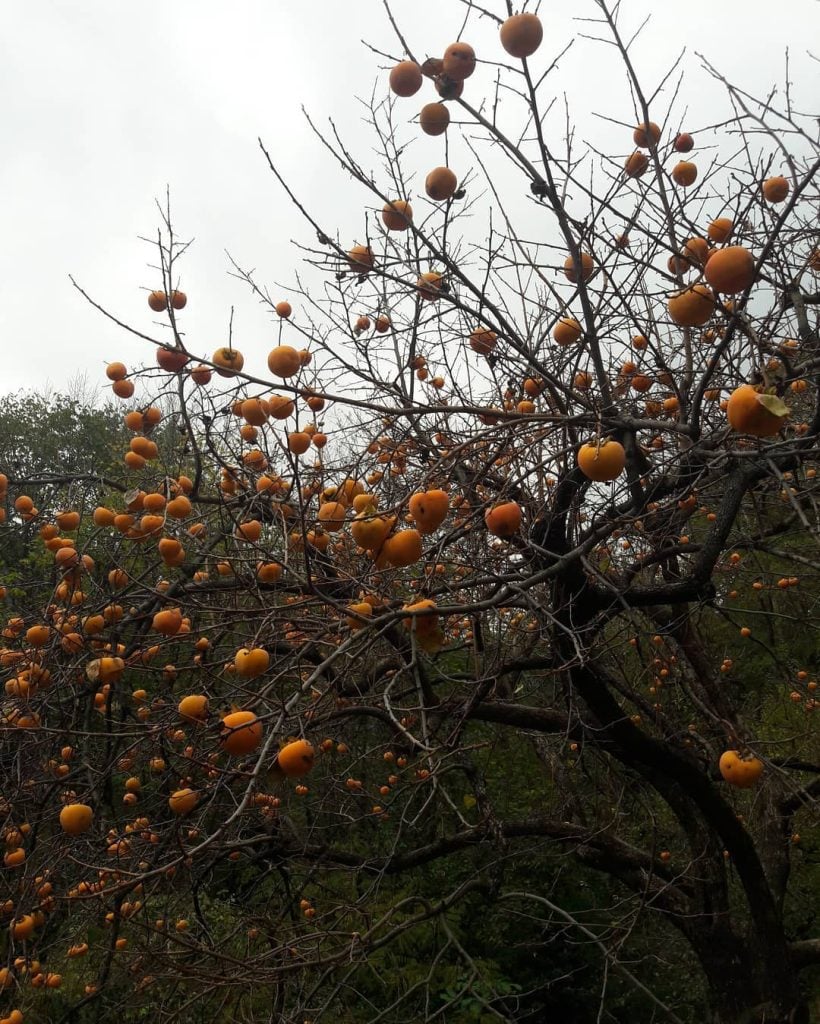
The best part of persimmon is the sweet flavor, but it also has numerous health positives, too. They can help your eyes and lower your cholesterol at the same time. If that wasn’t enough, these fruits are full of antioxidants as well.
Arugula
Arugula is a staple of most salads, but you might not recognize this leafy plant if you walked past it. Arugula looks just like most green plants do, and you might even mistake it for a weed crowding up your garden.
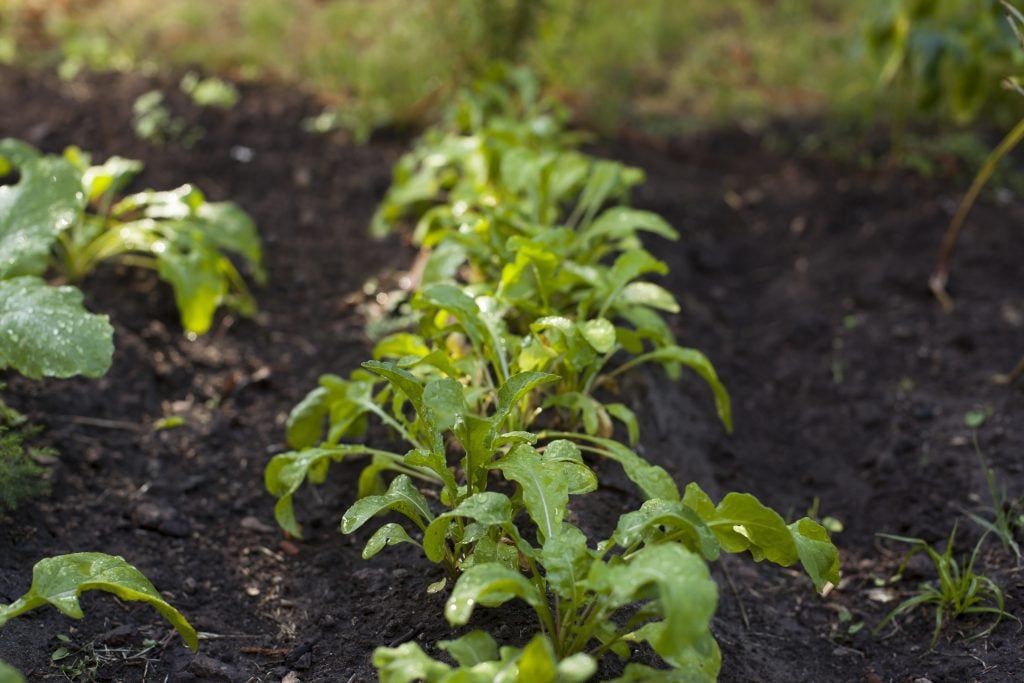
If you’re lucky enough to grow some arugula, you might want to hold on tight. Some restaurants will charge a significant portion more for including arugula – even up to $15! It’s definitely not worth that price, especially given how it looks naturally.
Wasabi
Wasabi is another spice that has become a hit around the world, though most people haven’t tried the real thing. Real wasabi is very difficult to grow, so most restaurants and grocery stores use an artificially created one that tastes similar.
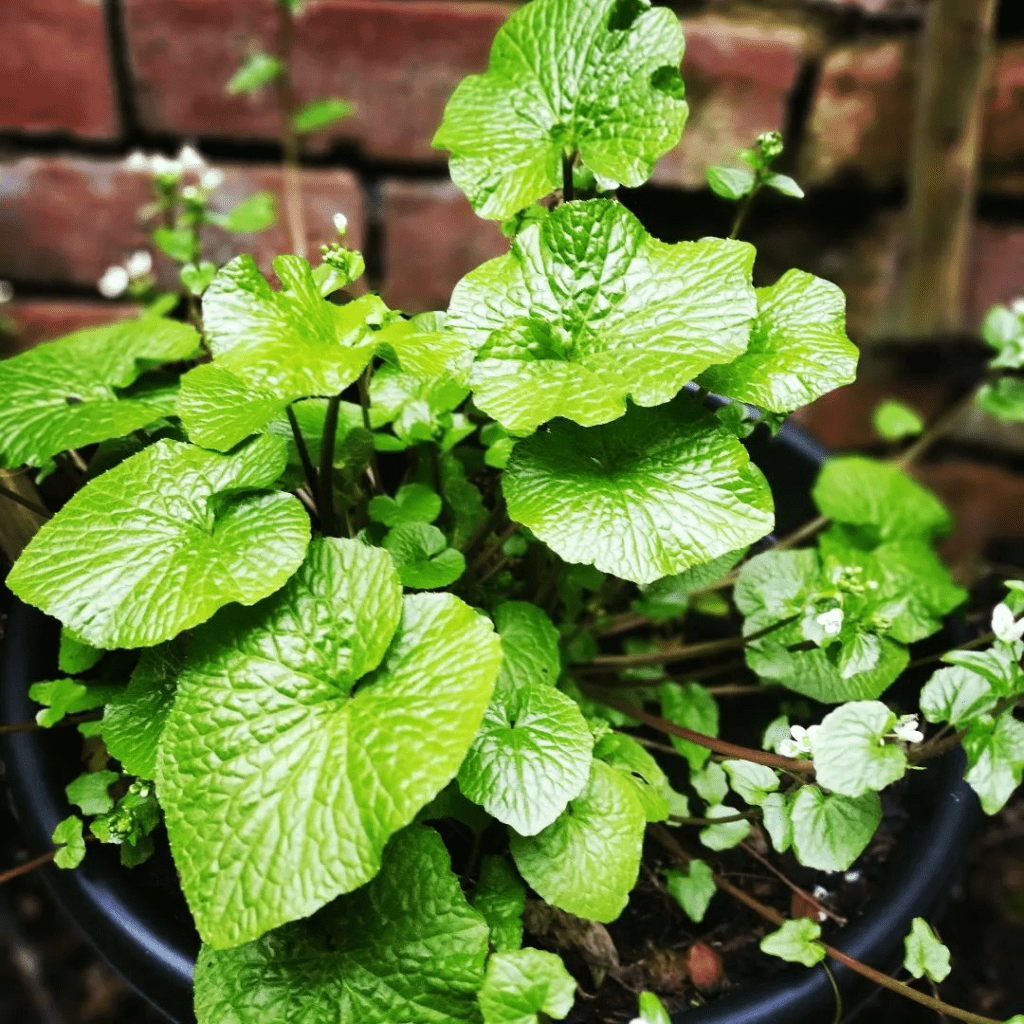
As you might expect, wasabi is very good for you and will instantly clear away any cold symptoms. One of the reasons it’s so hard to find real wasabi is because the plant is difficult to maintain. Direct sunlight will kill the leaves.
Peanuts
Is there any nut that is actually a nut?! Peanuts are certainly not one of them, although their name sounds like they should be. Peanuts are legumes, which makes them a type of vegetable instead. They also grow in a similar way to potatoes.
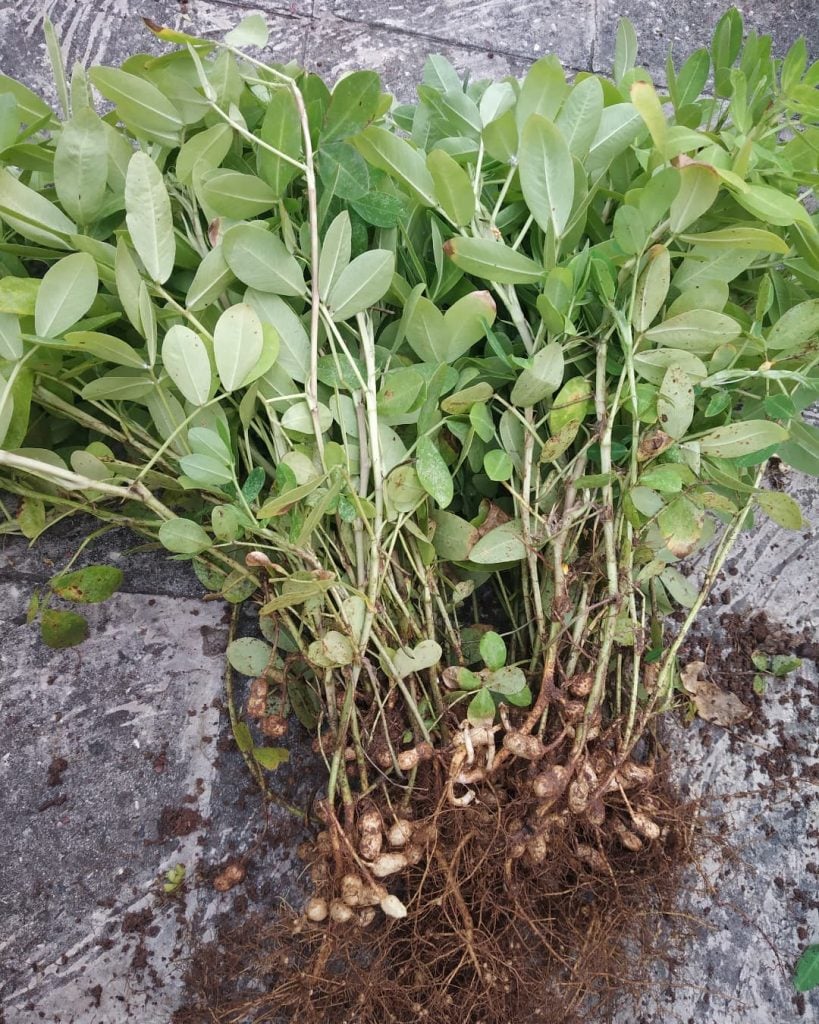
Peanuts take approximately 120 days before they are ready to be picked. You’ll know when they’re ready because you’ll see the gorgeous yellow flowers sticking out of the soil. Like many plants on this list, they need a tropical climate to grow to their fullest.
Cashews
Any fans of Alice in Wonderland might recognize these plants as the dancing mushrooms. Even the shade of red seems almost exact! In reality, these are cashews, which are part of the cashew tree. The ‘nuts’ come from the apples.
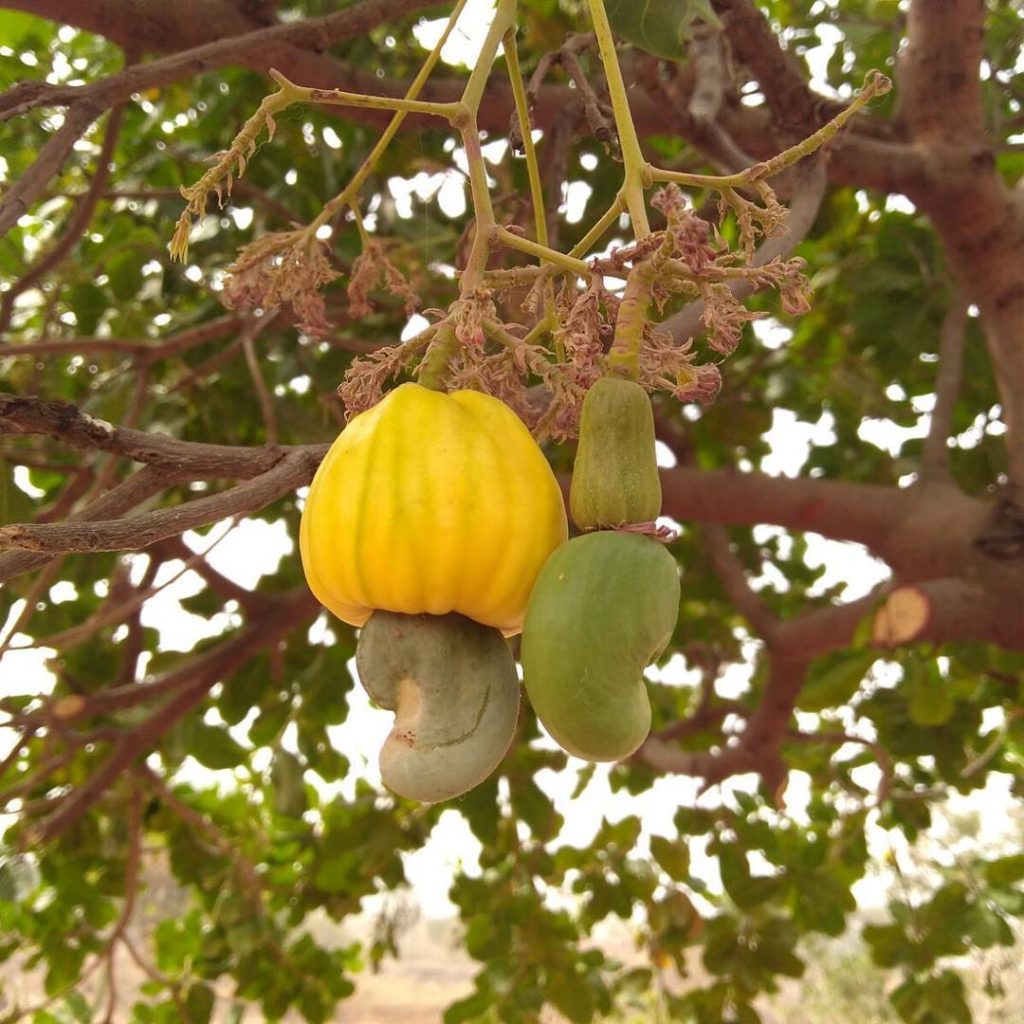
The apples are discarded, and we just use the nuts, picked from the bottom of the fruit. You can actually use the cashew apple for many different purposes. During shortages in World War 2, they became part of arms production, bizarrely enough!
Cranberries
These berries are similar to rice because they need to be flooded before they can grow. Their habitats are one of the more unusual places on this list, found in watery bogs. They also take a long time to mature fully.
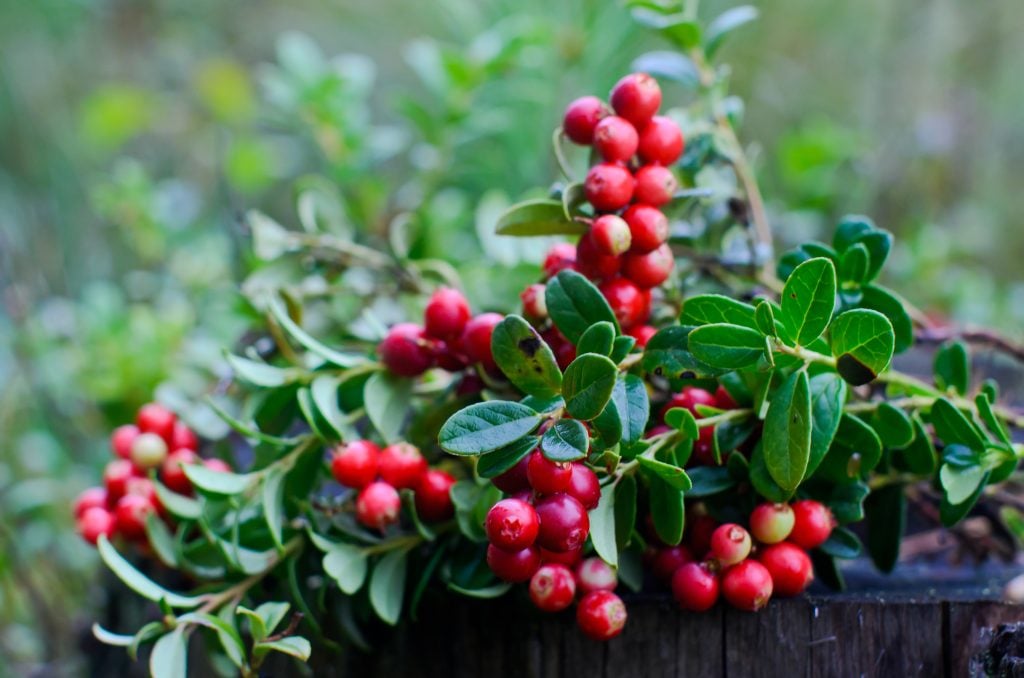
This can be almost one and a half years! Also, not all of the cranberries are fit for eating since 95% of them are too bitter to eat raw. Instead, they are transformed to make delicious treats like cranberry sauce.
Quinoa
Quinoa has recently become popular as a healthier version of rice. However, it will never quite reach the highs of the grain. When it grows, it looks similar to a long flower, which is one of the reasons why farmers shake it.

This makes the seeds fall from the stem, and the farmers rinse them off to get rid of their naturally bitter taste. Unlike rice, however, quinoa contains lots of fiber, protein, and minerals, so the benefits work out. It’s also relatively cheap to buy.
Dates
We all know that coconuts grow on palm trees, but you might be surprised to learn that dates can, too! These tasty fruits are a great way to get some natural sugar, and you can find them in naturally hot places.
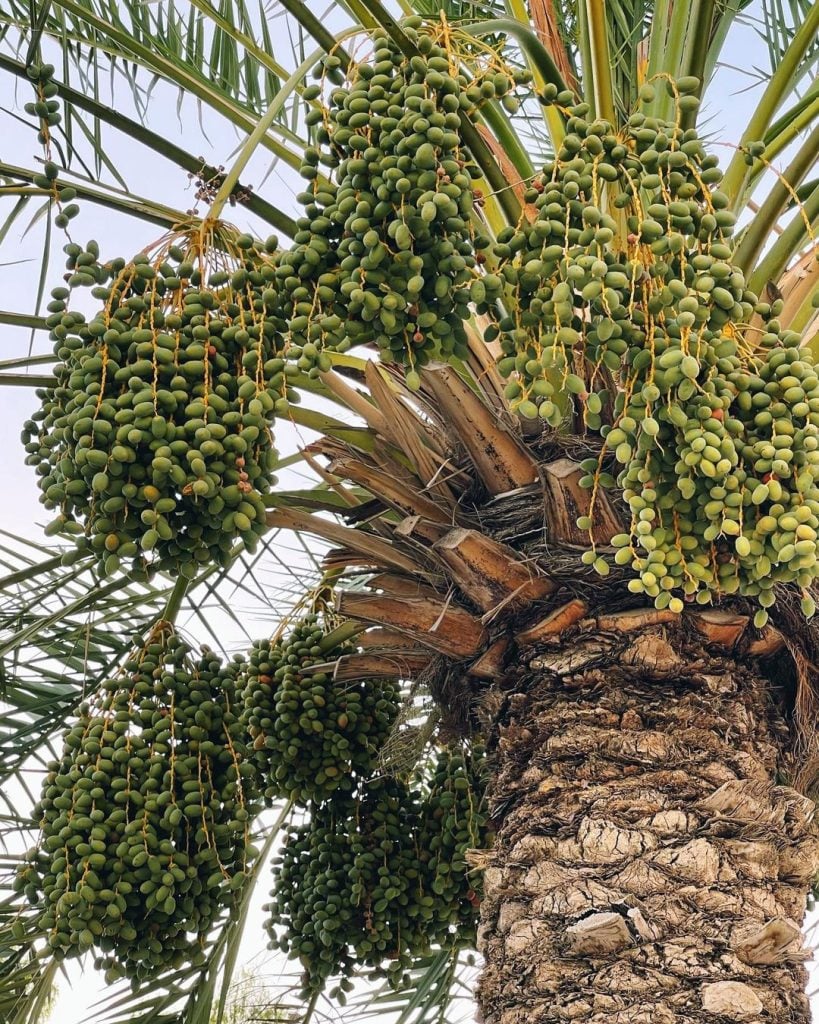
However, as you might guess, it’s definitely not easy to get these fruits down – there’s a lot of climbing involved! Sometimes, the fruits can grow over 70 feet high, which would be a pain to get during those sunny summer months.
Kidney Beans
Since kidney beans are a type of bean, it shouldn’t be surprising to learn that they grow in pods. These pods look quite similar to the stalks of cinnamon you can buy in a grocery store, though they taste rather different.
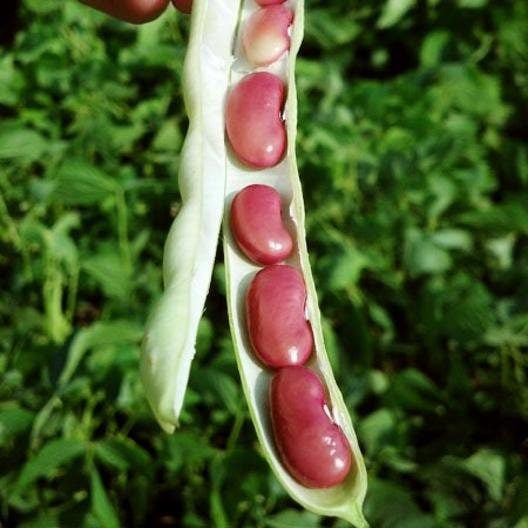
This is another food with so many health benefits to it, such as its ability to help with weight loss and lower your blood sugar. Kidney beans have the added benefit of reducing cholesterol. Is there nothing these magic beans can’t do?!
Walnut
The saying that people have “many layers like an onion” might need updating, as the walnut is another food that requires tons of peeling. The layer you crack before eating one is just the smallest layer that these nuts have.
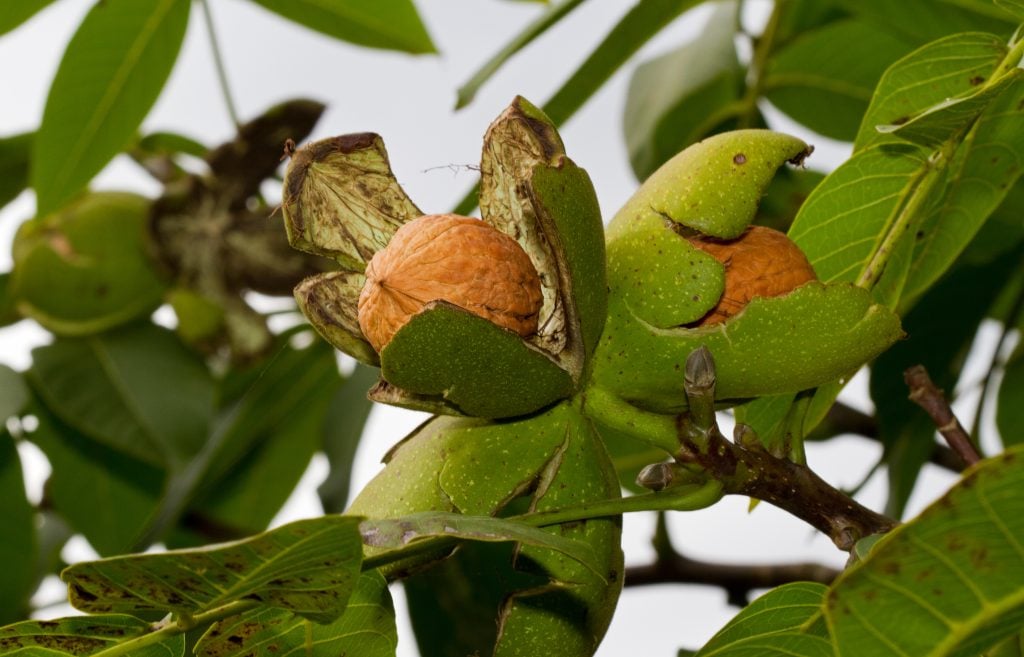
When they grow in the wild, walnuts have an extra layer to help protect them from the elements. These tree nuts are the oldest tree food that humanity has been known to use as they date back to 7000 BC.
Akebia Quinata
For a plant whose other name is the chocolate vine, it certainly doesn’t look that yummy at all! However, judging these fruits by their ‘cover’ would be a mistake because they are actually tasty. The akebia quinata has sausage-shaped fruits that are quite popular in Asia, particularly in Japan.
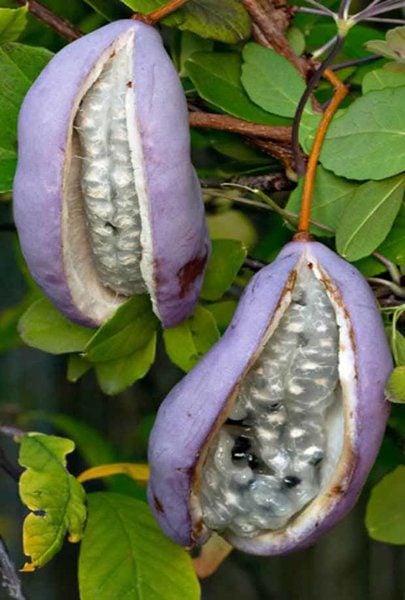
The plant gets its English name from its flowers’ sweet chocolate smell. Aside from the fruit, the outer skin is also eaten as a vegetable by some communities. Additionally, the plant was used by traditional healers to treat UTIs and rheumatoid arthritis. Now, this is the kind of versatility we can only dream of!
